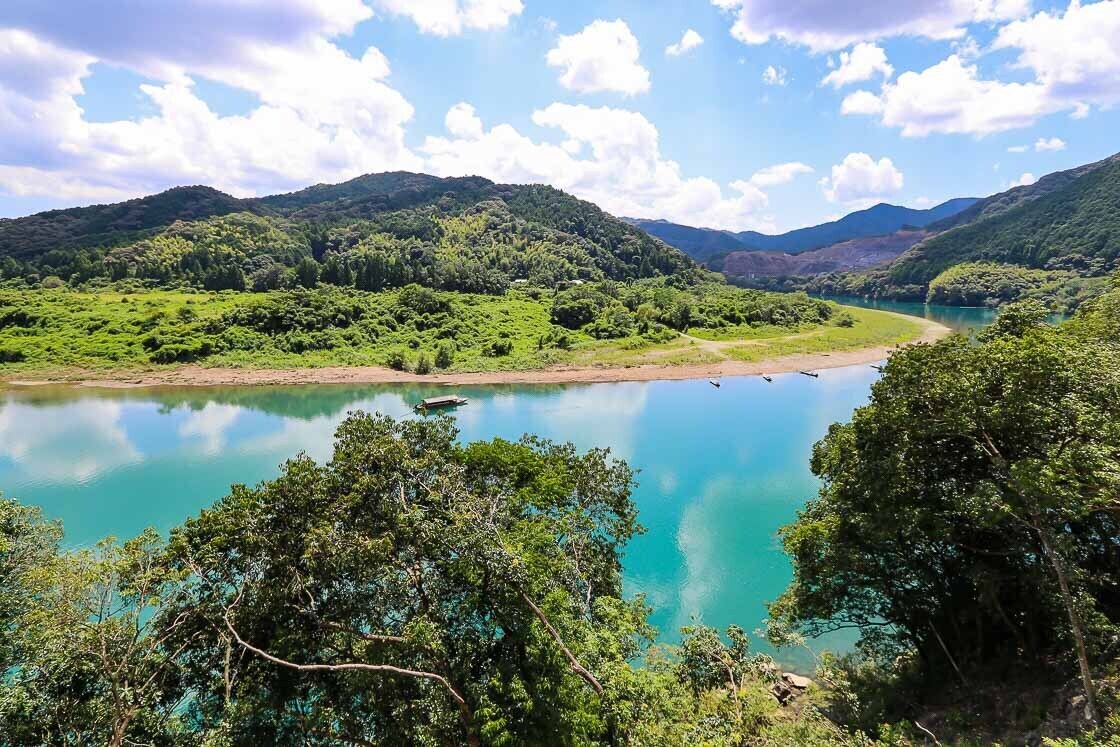River adventures and fresh seafood in rural Kochi
Located in the south of Shikoku, Japan's fourth largest island, Kochi Prefecture is one of the less-visited prefectures not high on the tourist radar. The northern half of the prefecture consists of mountains and valleys, while the southern, eastern and western ends of the prefecture are bordered by the Pacific Ocean. Kochi Prefecture is largely undeveloped save for Kochi, the capital city, and a few smaller coastal cities.
Outdoor activities like scuba diving, cycling, kayaking, fishing and hiking are popular, as well as enjoying panoramic views, strolling through gardens and markets in the cities and small countryside towns. In addition to unspoiled nature and scenic landscapes, the rural prefecture is where some famous and important people in history, like Sakamoto Ryoma, one of the key figures in orchestrating the end of Japan's feudal age, and Iwasaki Yataro, an industrialist who founded Mitsubishi, were from.
With so many things going for Kochi Prefecture, it can be difficult to decide where to visit. The capital city offers many attractions, including Kochi Castle, one of Japan's twelve surviving original castles and a charming Sunday Market which has a history of over 300 years. Having been to Kochi City before, I set my eyes instead on the western end of the prefecture, and went on an overnight trip to Shimanto City and Kure. I traveled by train on this trip, which proved to be convenient. This itinerary can be easily combined with a visit to Kochi City.
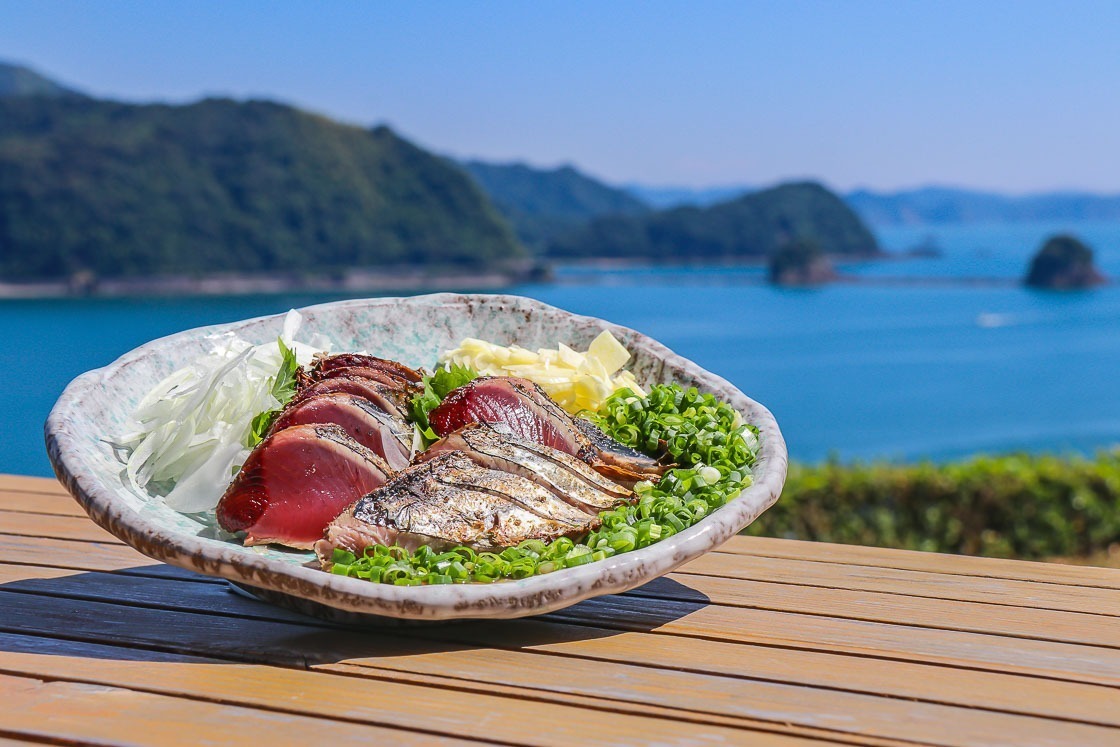
Day 1: Bridges, cycling and river activities in Shimanto City
I started my trip at Nakamura Station in Shimanto City, a coastal city in southwestern Kochi. From there, I made my way to the Shimanto Tourist Information Center, a few steps from the station, to rent a bicycle. Cycling is a nice way to explore the city, and there were other like-minded visitors renting bicycles when I was there.
The biggest attraction in Shimanto City is the Shimanto River, the longest river in Shikoku measuring 196 kilometers. The river starts from Mount Irazu in northwest Kochi and discharges into the Pacific Ocean in Shimanto City. Surrounded by unspoiled nature, the clear river supports a host of flora and fauna as well as the lives of the locals through fishing and harvesting seaweed. The unchanging Shimanto River has played a part in shaping the area's history and culture, which is demonstrated by the various festivals and ceremonies carried out on it, and thus, showing the locals continuing relationship with the river.
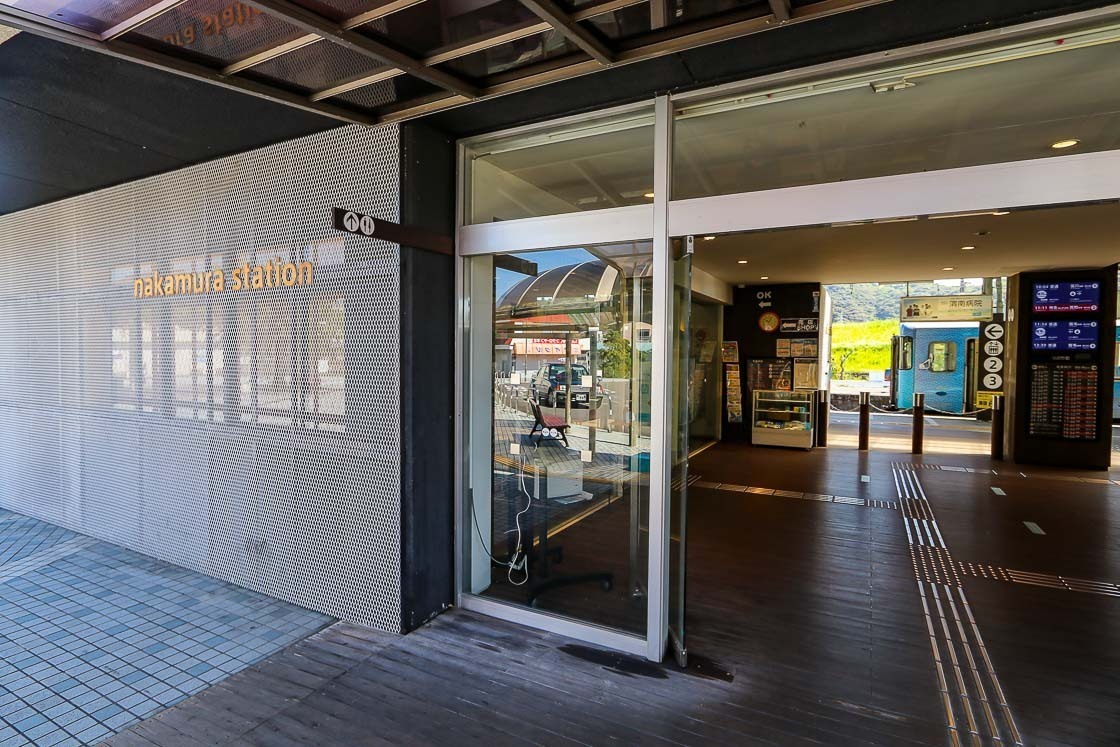
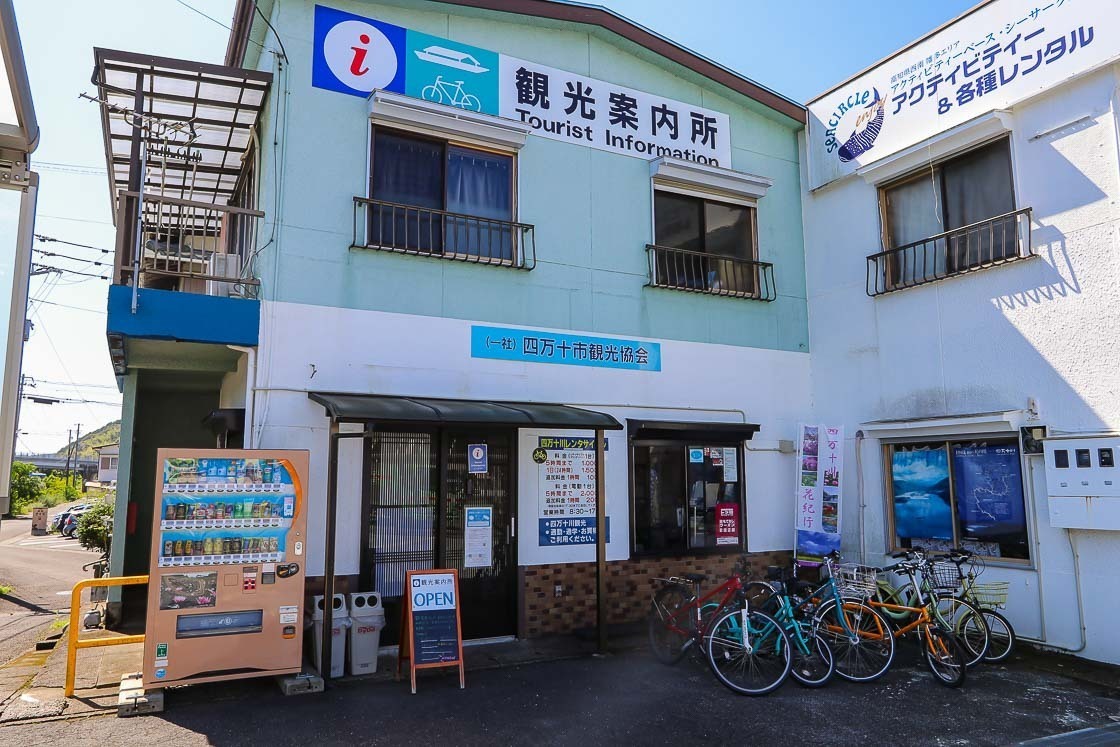
One unique characteristic of the Shimanto River is the 48 submersible bridges that span the river. These bridges known as chinkabashi are constructed to "sink" when the water level gets high so that floating debris do not get caught or stuck in the legs of bridges and potentially damaging the bridges. Chinkabashi are typically 3 - 5 meters wide, have no hand or guard rails, and are shared passageways for vehicles and those on foot. Nine chinkabashi are located in Shimanto City, and the closest one is about a 50 minute bicycle ride from Nakamura Station.
After getting some maps and general cycling information from the tourist center, I went on my way to the Sada Chinkabashi, which is the closest submersible bridge to Nakamura Station and also the last one along the river. It is recommended to stock up on water and some food if you plan to cycle all day as shops and restaurants are far and few outside of the city center, and I stopped by a convenience store for some provisions in the city before heading further out.
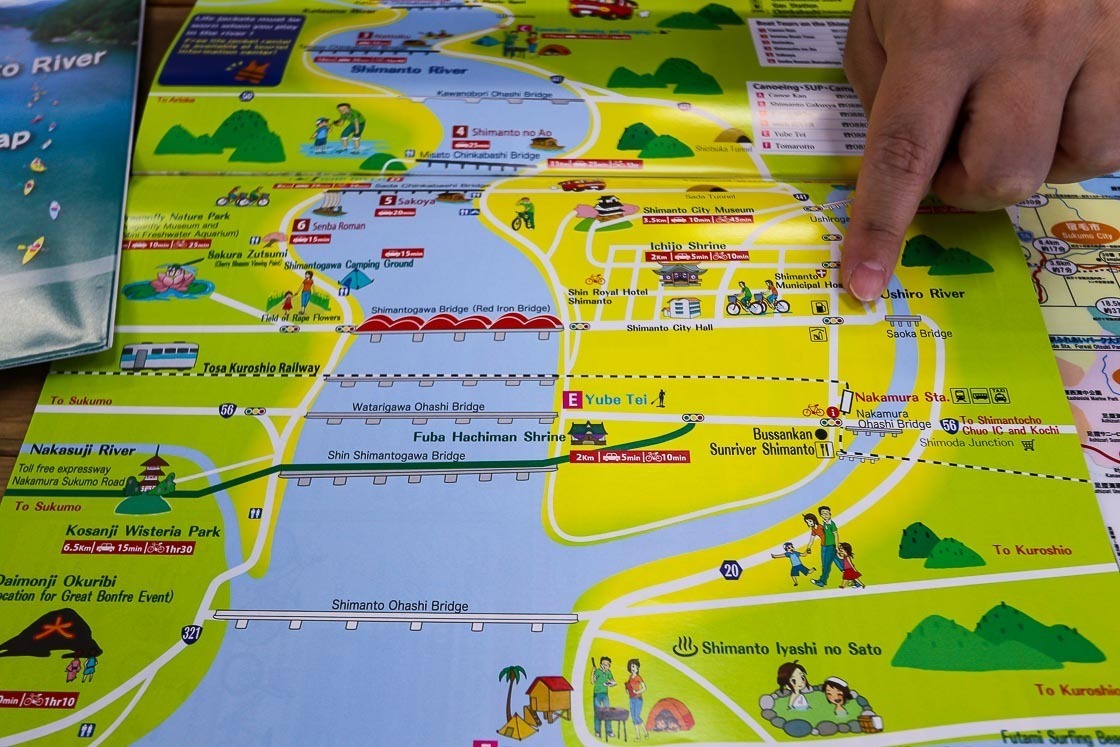
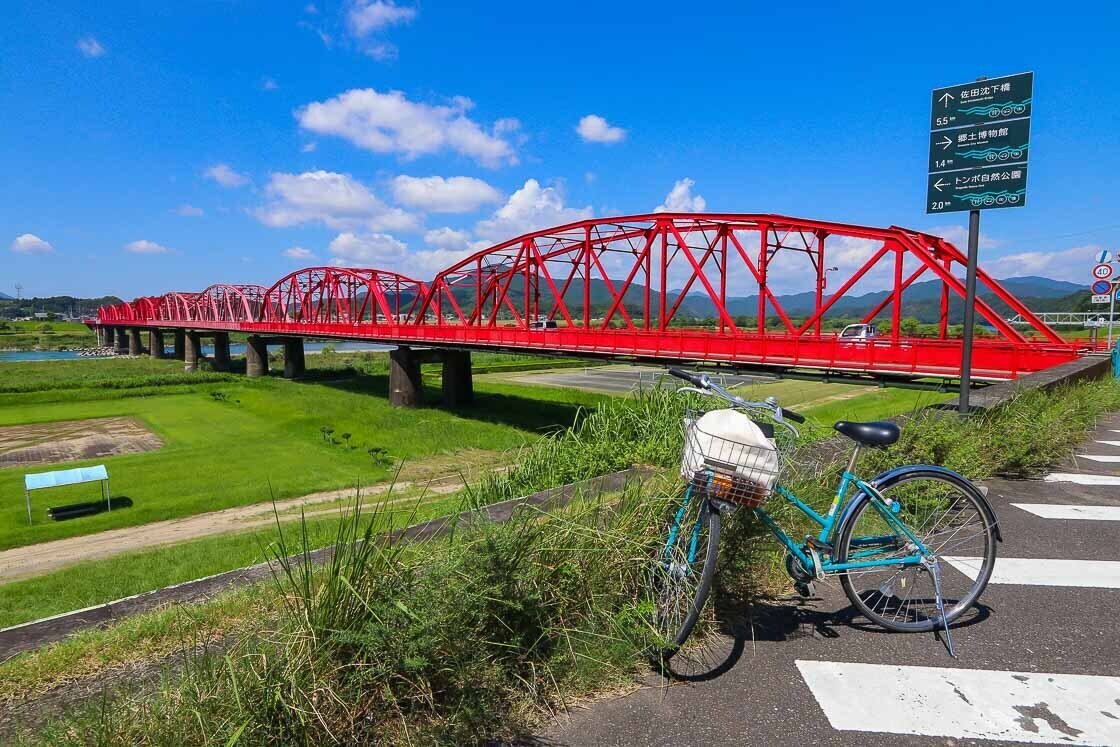
My 50 minute bicycle ride to the Sada Chinkanbashi led me through farmland, woody paths as well as large fields, where seasonal flowers can be seen. I found the bicycle ride pleasant and manageable as there were only small, gentle hills to climb, and the views along the way made the bicycle ride feel shorter than it was.
The approximately 300 meter long Sada Chinkabashi is the longest submersible bridge along the Shimanto River, and is well visited by tourists thanks to its convenient location near central Shimanto City. Cycling across or parking your bicycle on the bridge is strongly discouraged by the local authorities. I parked my bicycle at the end of the bridge and walked on the bridge.
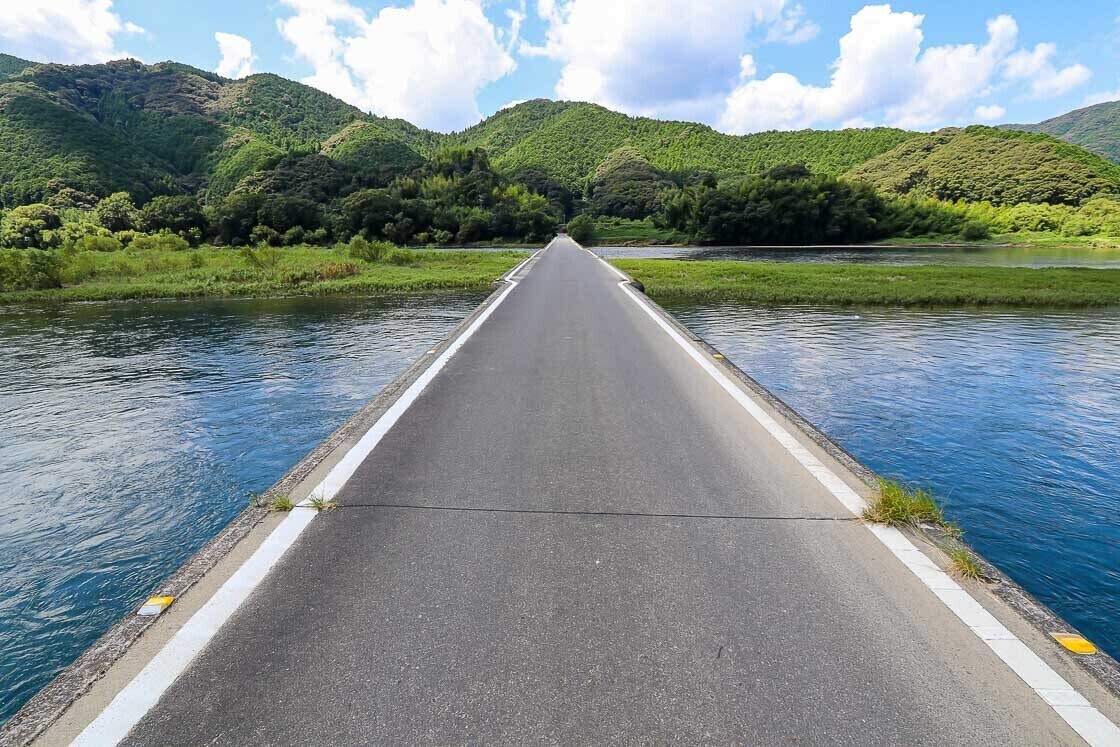
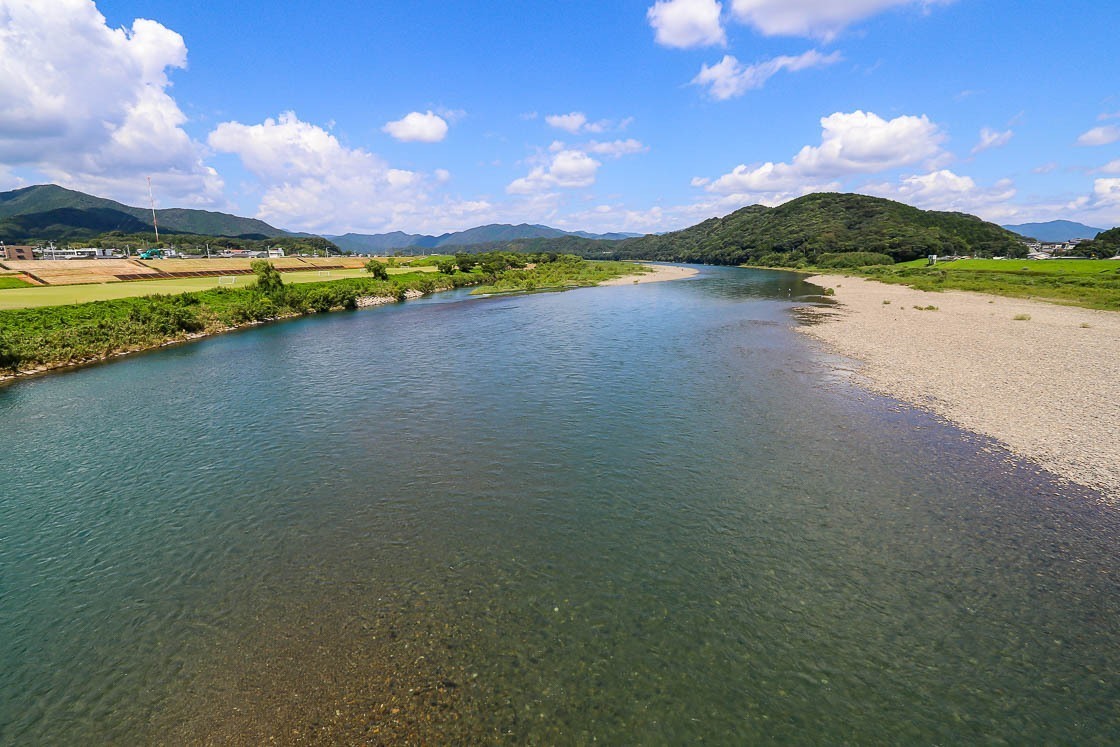
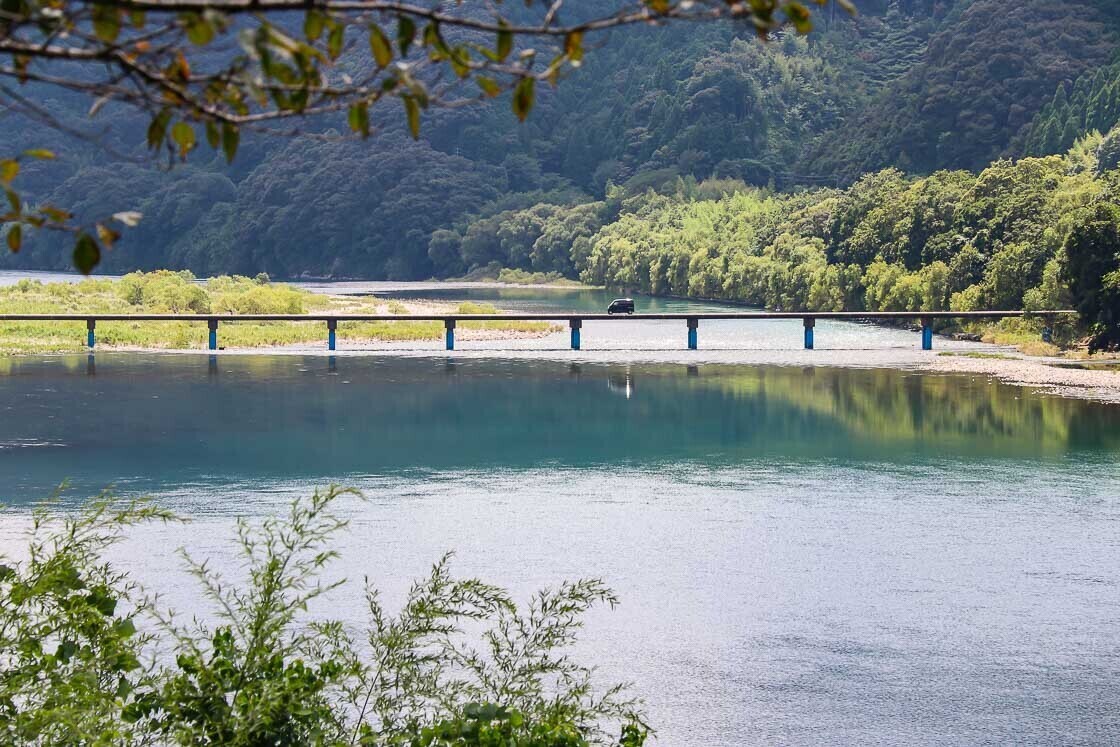
After walking around the Sada Chinkabashi, I made my way further up the river to the next bridge, the Misato Chinkabashi, which took about 15 minutes. With River, an outdoor company, is conveniently located a stone's throw from the bridge, and I participated in a stand up paddling or SUP activity organized by them. Reservations can be made in English on their official website linked below.
There were about 12 participants including me, and we started the activity with a short lesson on how to use the equipment and what to do if we fell overboard before being released into the river to practice our new skills. The instructors were highly engaging, making sure that none of the participants felt left out. The river was very calm, which meant first-time stand up paddlers did not have to worry about being buffeted by waves or wind. It was a super fun 90 minutes, and participants were free to hang out by the river before or after the activity.
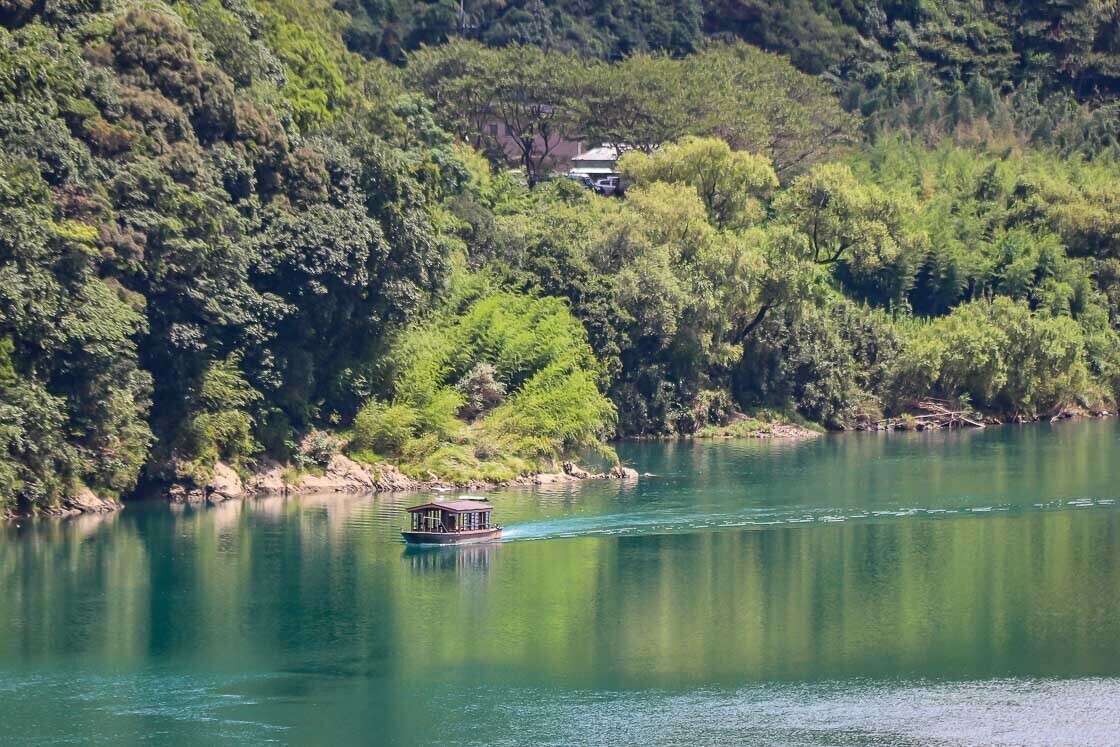
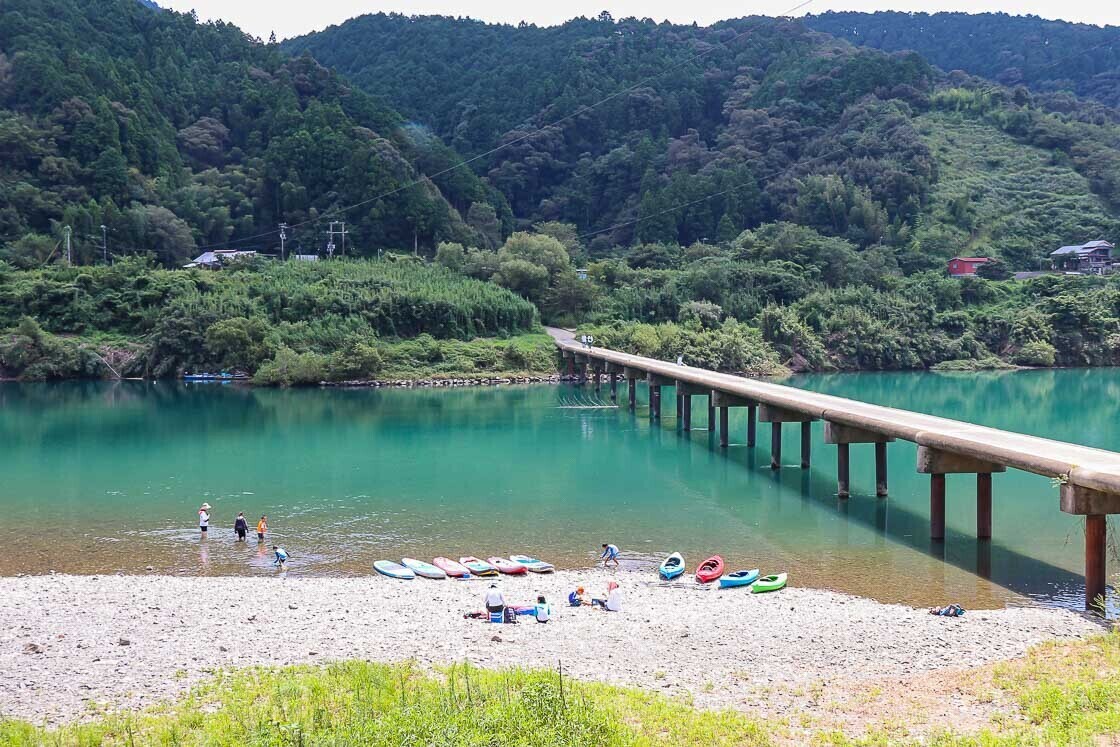
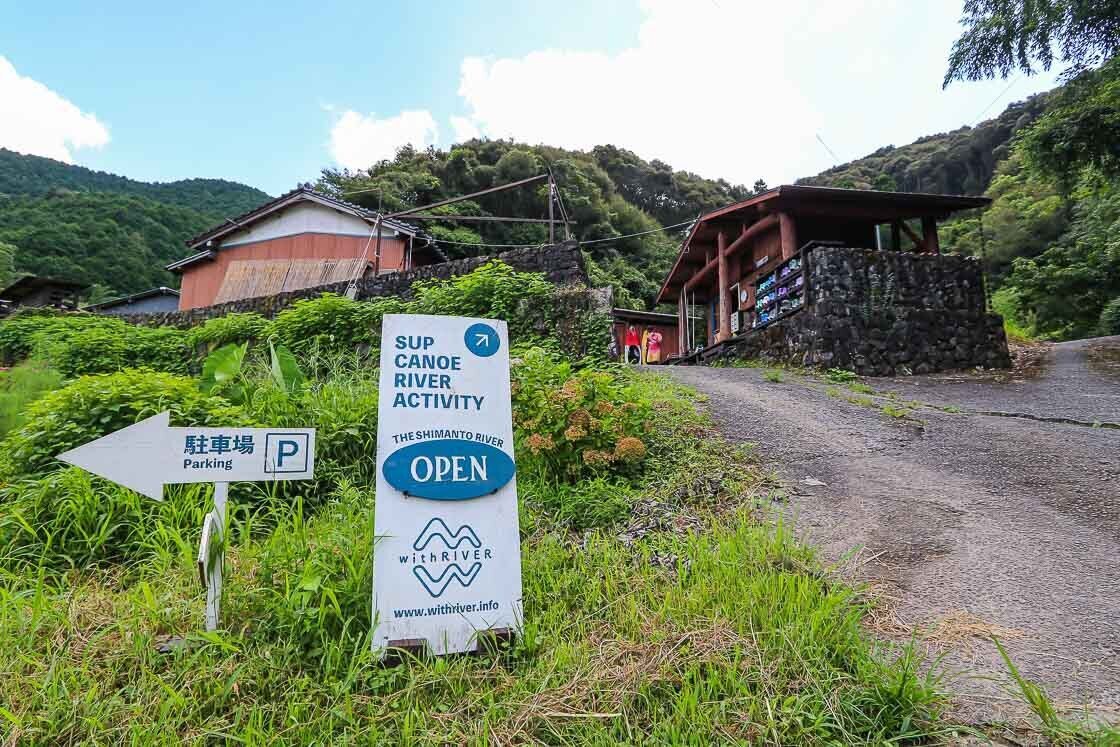
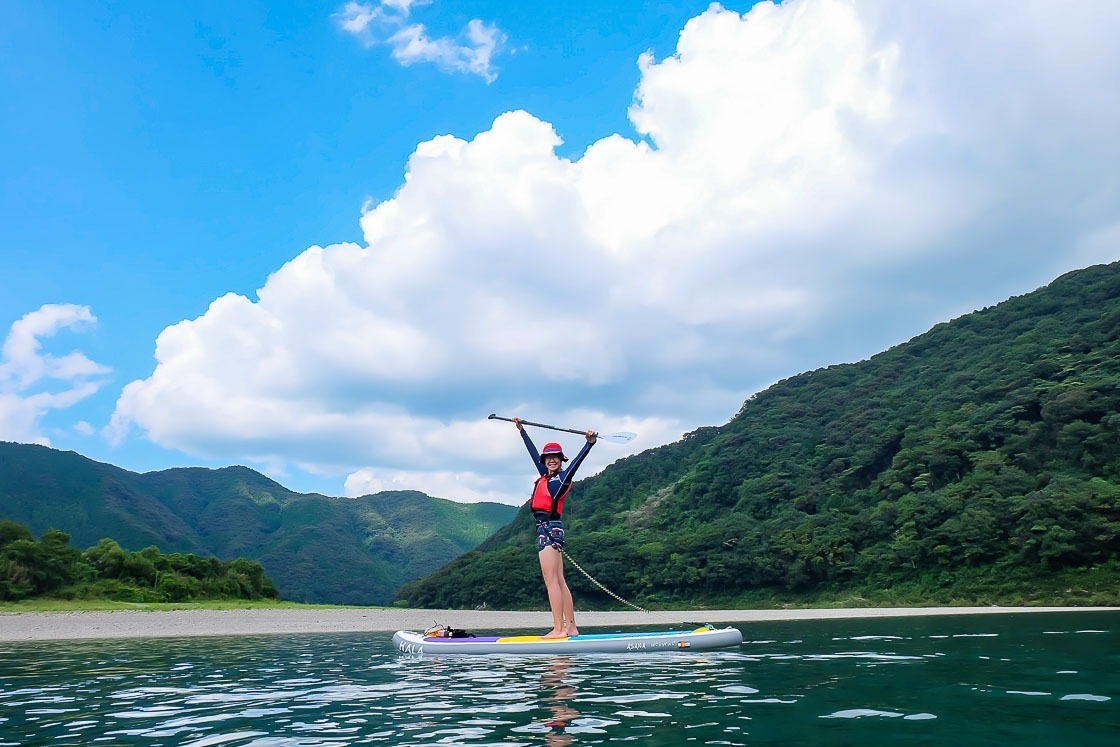
As I had a train to catch, I changed to my dry clothes after the activity and cycled back to Nakamura Station to return my bicycle. I had a great time cycling along the Shimanto River and checking out a couple of the chinkabashi in Shimanto City.
From Nakamura Station, I took the train about an hour east to the fishing town of Kure where I would stay the night. A pick-up service from the station was offered by my accommodation, Kuroshio Honjin, and the drive from Tosa-Kure Station to Kuroshio Honjin took less than ten minutes.
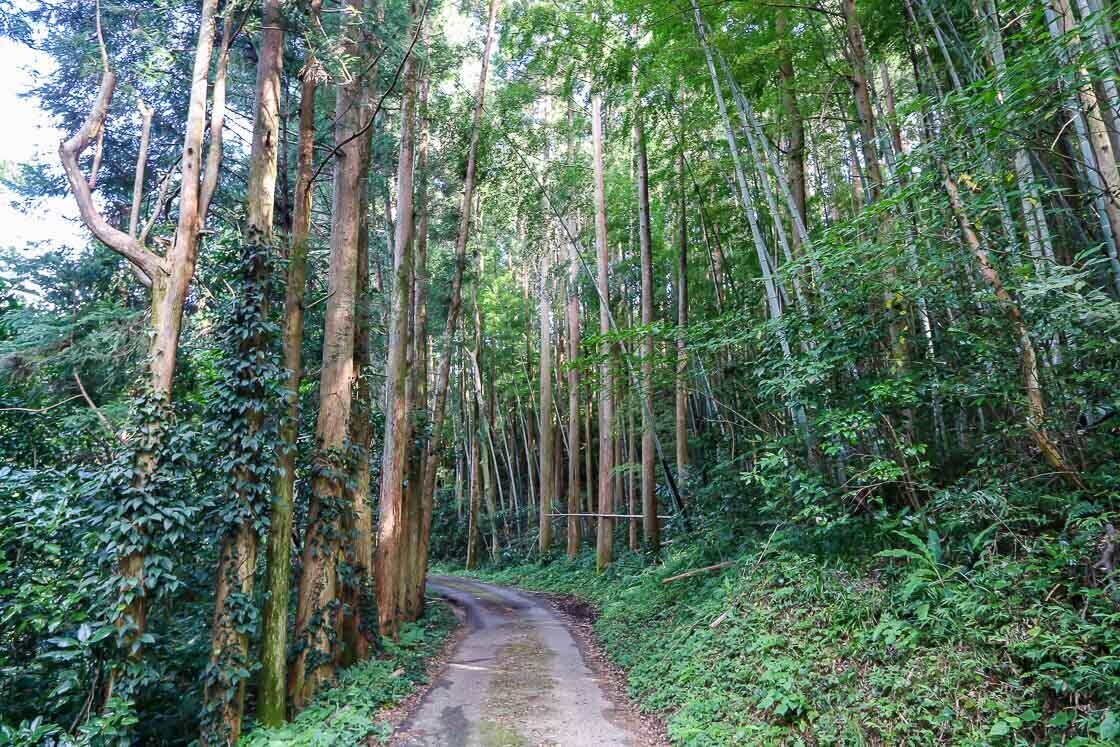
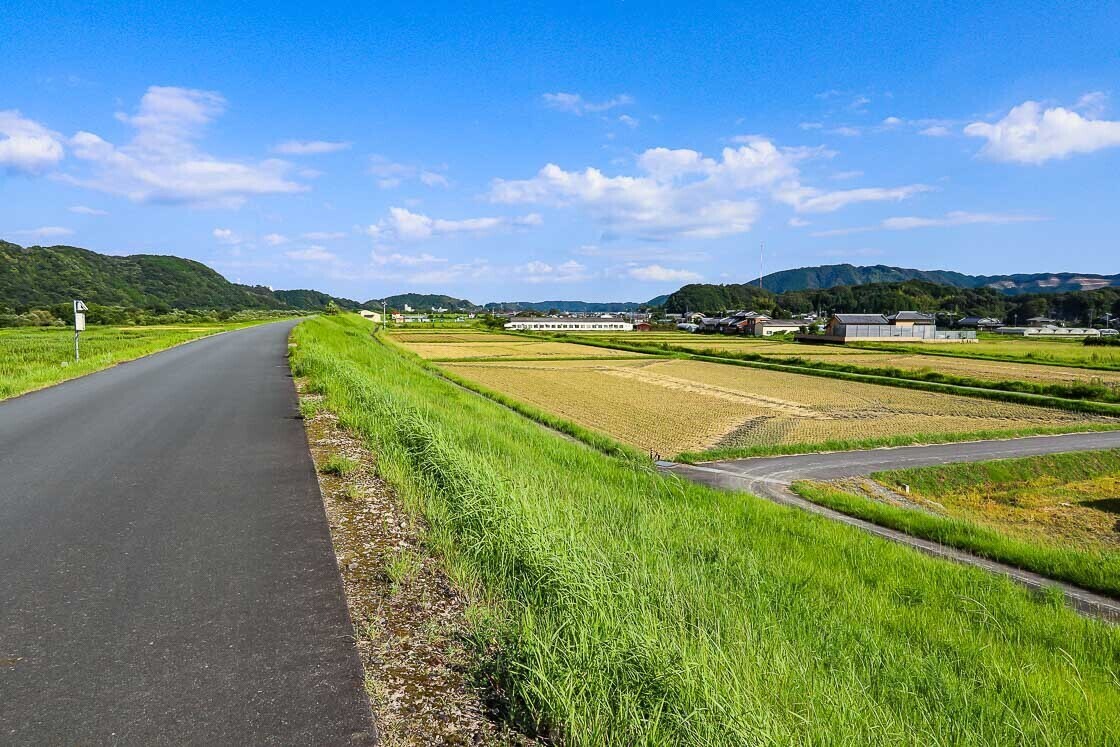
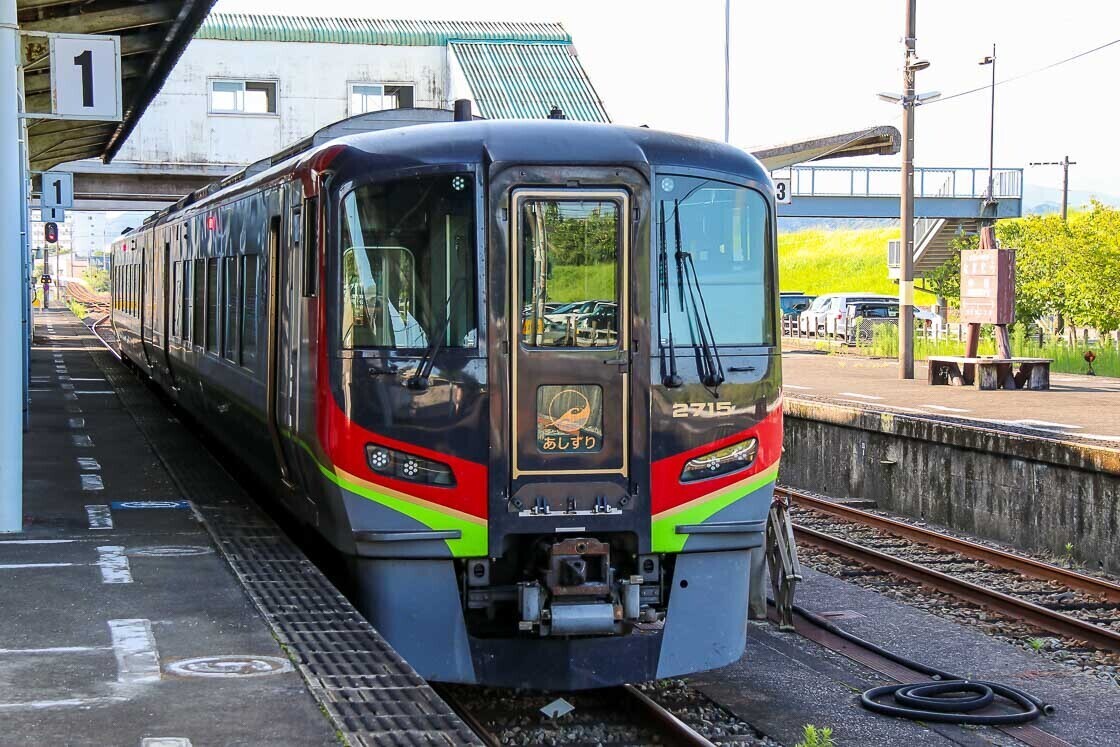
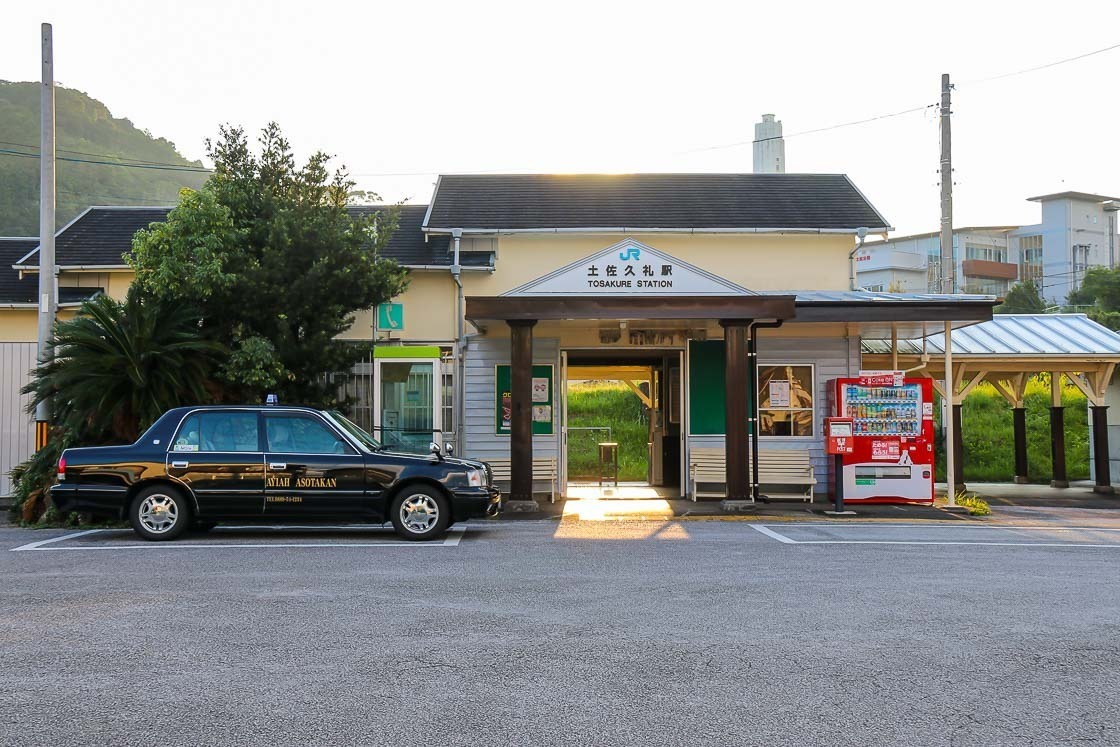
Kuroshio Honjin is a hot spring accommodation on a hill in Kure facing the Pacific Ocean, and all the rooms come with ocean views. It was time for dinner after a short rest, and I was treated to a spread of local seafood and vegetables. The food was excellent to say the least, and I was very contented after the meal.
Another element not to be missed at Kuroshio Honjin is the outdoor baths which face the Pacific Ocean. The baths are unique in that the sea water is boiled and fed into the baths. It was so nice to soak in the bath after my day of cycling, stand up paddling and swimming in the river. Definitely a fitting way to end the day of outdoor activities.
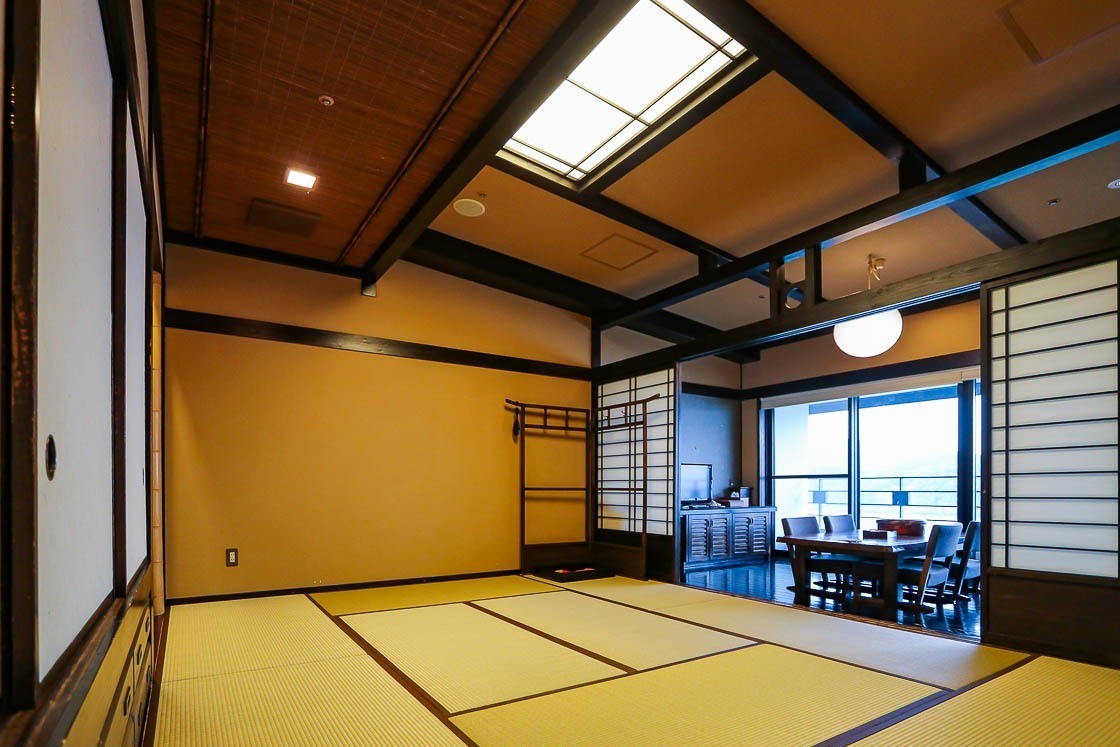
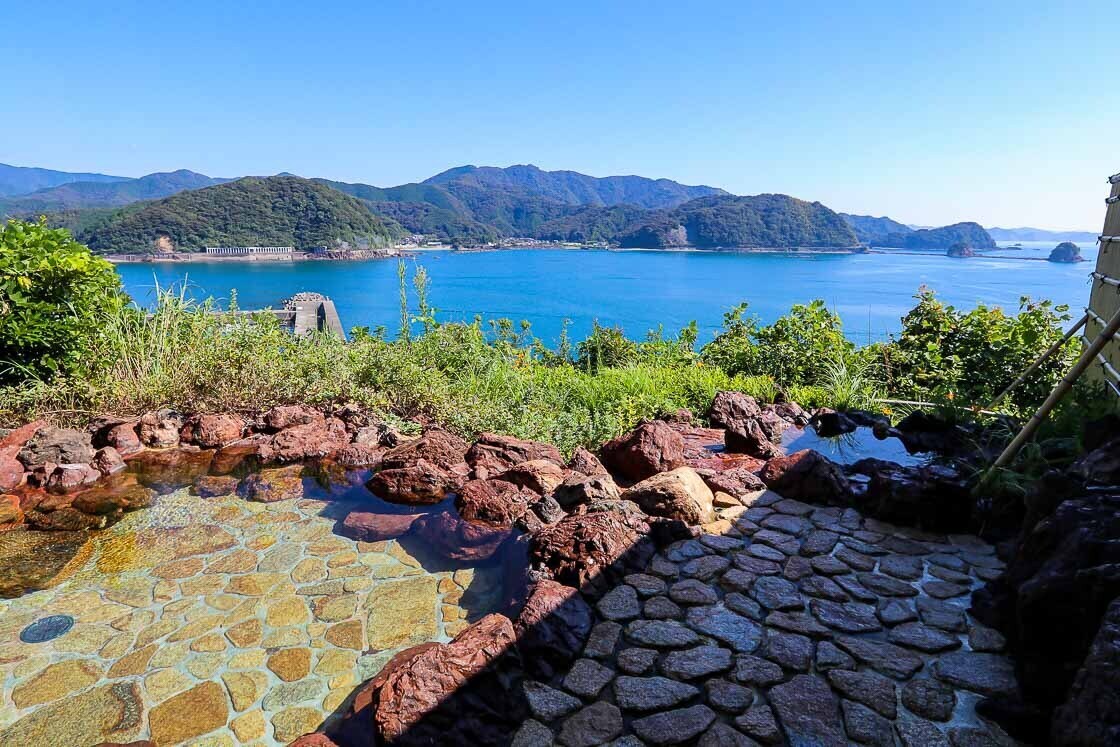
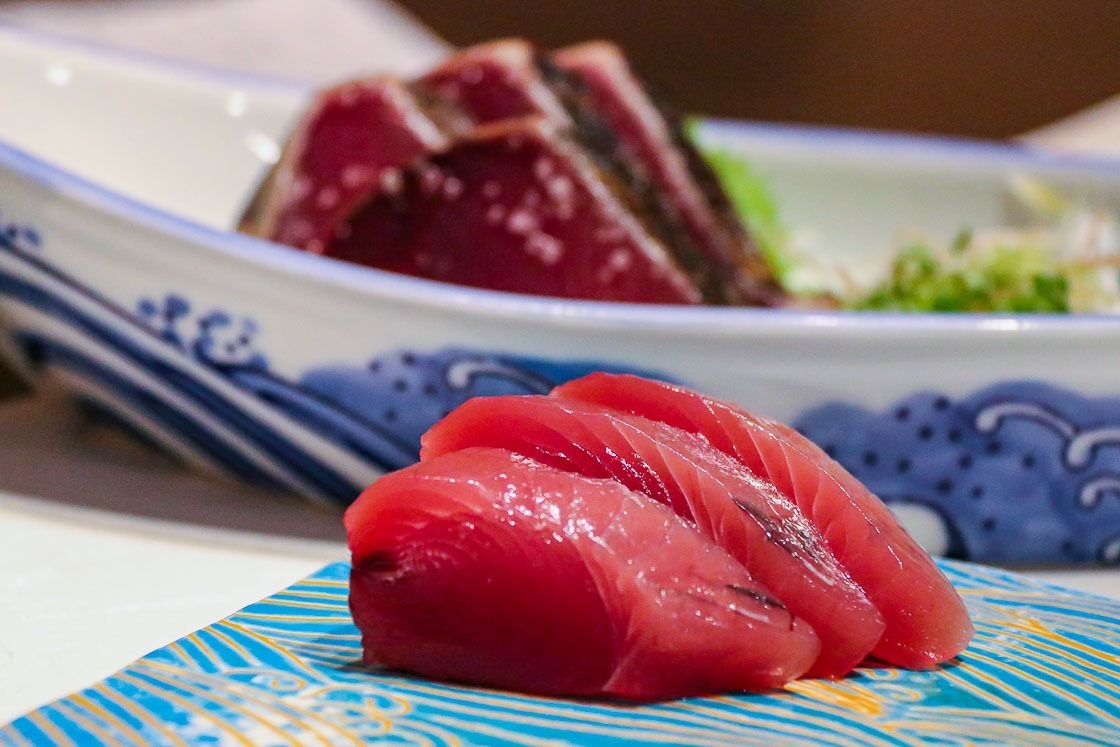
Day 2: Local seafood in the fishing town of Kure
Katsuo no tataki or flame seared skipjack tuna is one of Kochi's best known local dishes. To make katsuo no tataki, a fillet of skipjack tuna is first seasoned generously with salt before being seared briefly on all sides over a straw fire, then sliced and served with condiments like sliced onions and garlic. It is often said that the dish has its origins as a meal for fishermen on board fishing boats. Additionally, searing the exterior of fish was a way to reduce the fishiness of less than fresh fish before refrigeration systems were invented.
Kure has a history of over 400 years as a fishing town in which katsuo is caught by a single line instead of being netted by fishing trawlers. Katsuo in Kure is fished between March and December, so fresh katsuo can be had almost all year round. The town is proud of its history of fishing katsuo, and there are many shops and restaurants selling the katsuo and katsuo-related products.
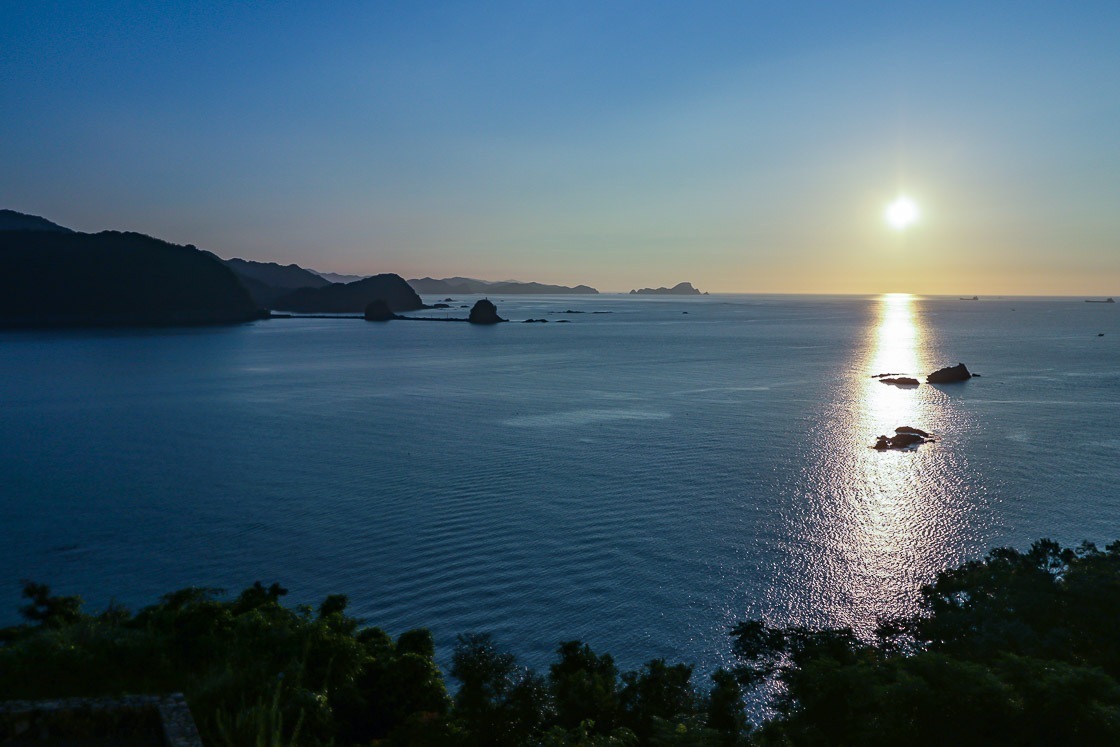
After breakfast and a leisurely morning at my accommodation, I checked out and headed across the road to the Kuroshio Kobo to participate in a katsuo no tataki activity. Two types of katsuo no tataki activities are available at Kuroshio Kobo. The simple one, which I did, is just searing the fish fillet over a straw fire. The advanced activity includes gutting, cleaning and filleting a whole skipjack tuna, then searing it over a straw fire. Reservations are required, especially for the advanced activity.
While there are no English speaking instructors, the simple activity is easy enough to understand and carry out with limited Japanese language abilities. The advanced activity would require some Japanese language skills.
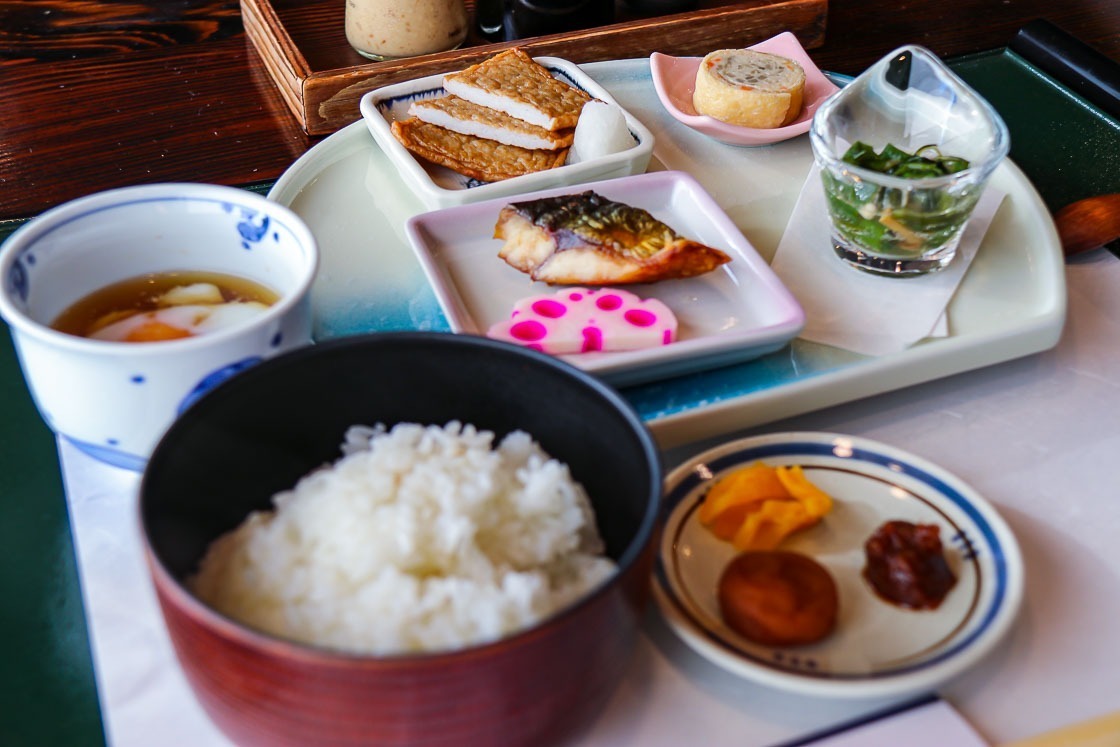
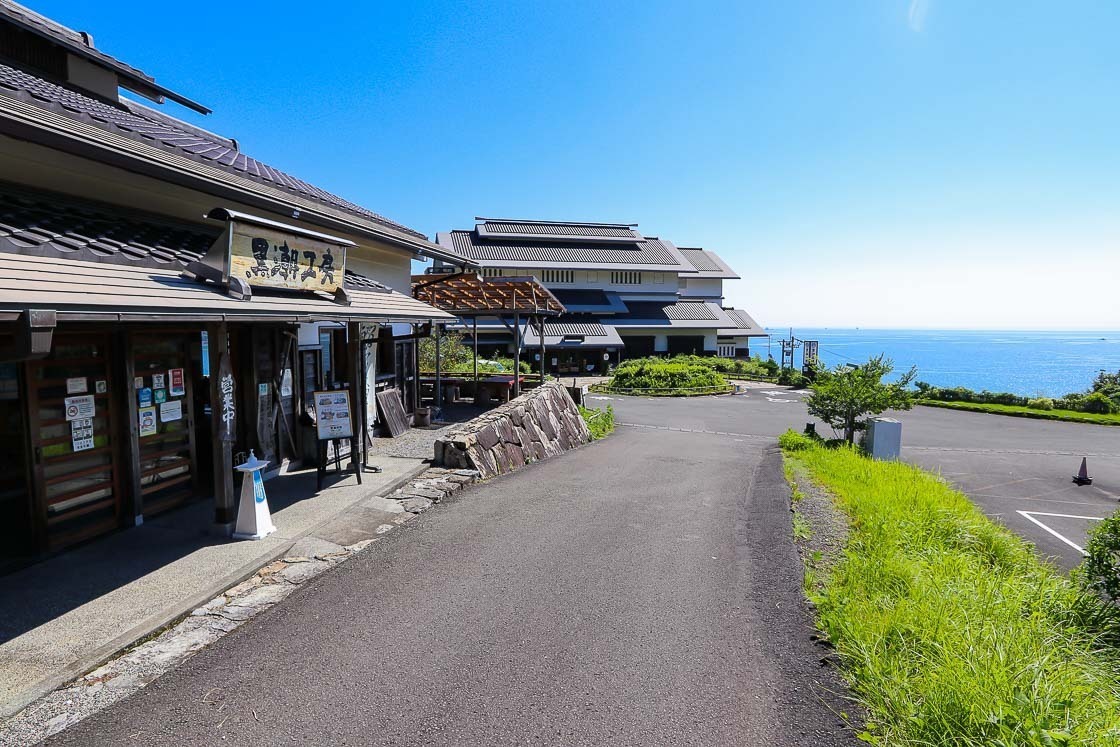
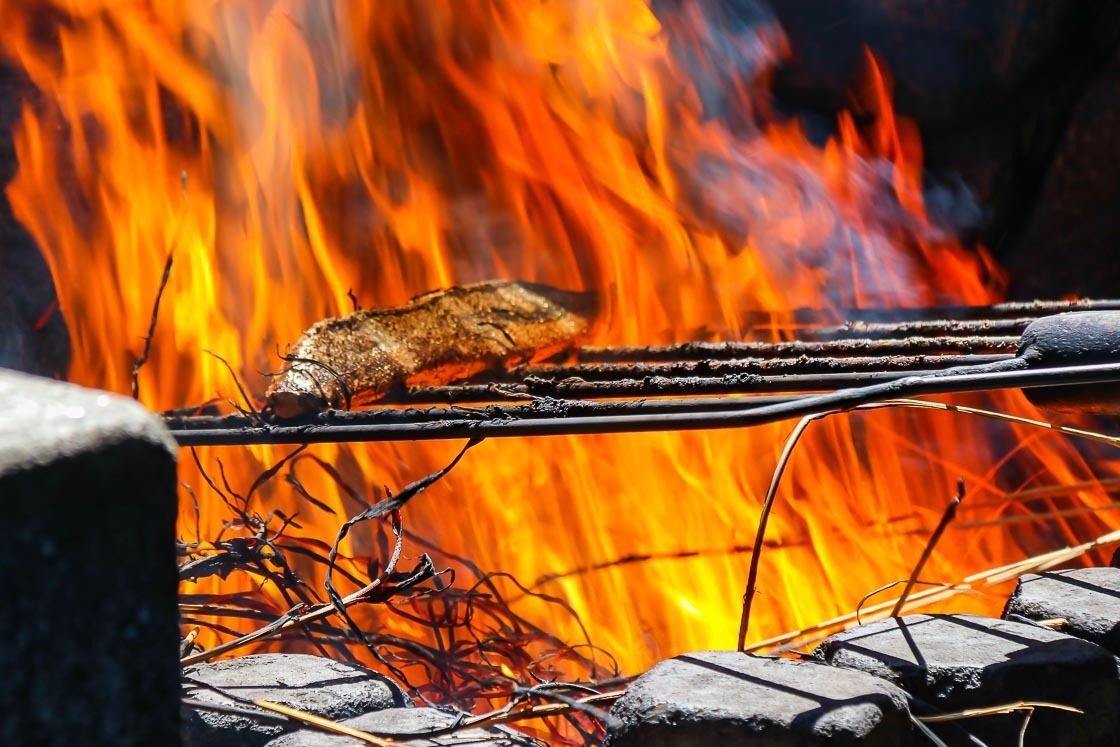
The katsuo no tataki activity was more than exciting for me as the flames reached quite high while I was searing the fish. It, however, went by in a blink of an eye as the searing only took a minute or two. My instructor expertly fanned the flames and let me know when and where to move my pitchfork, which held the fish fillet. After that quick work, it was time to sit back and enjoy the food with a view of the ocean. Set meals with katsuo no tataki are available at Kuroshio Kobo, and participating in an activity is not required to try the dish there.
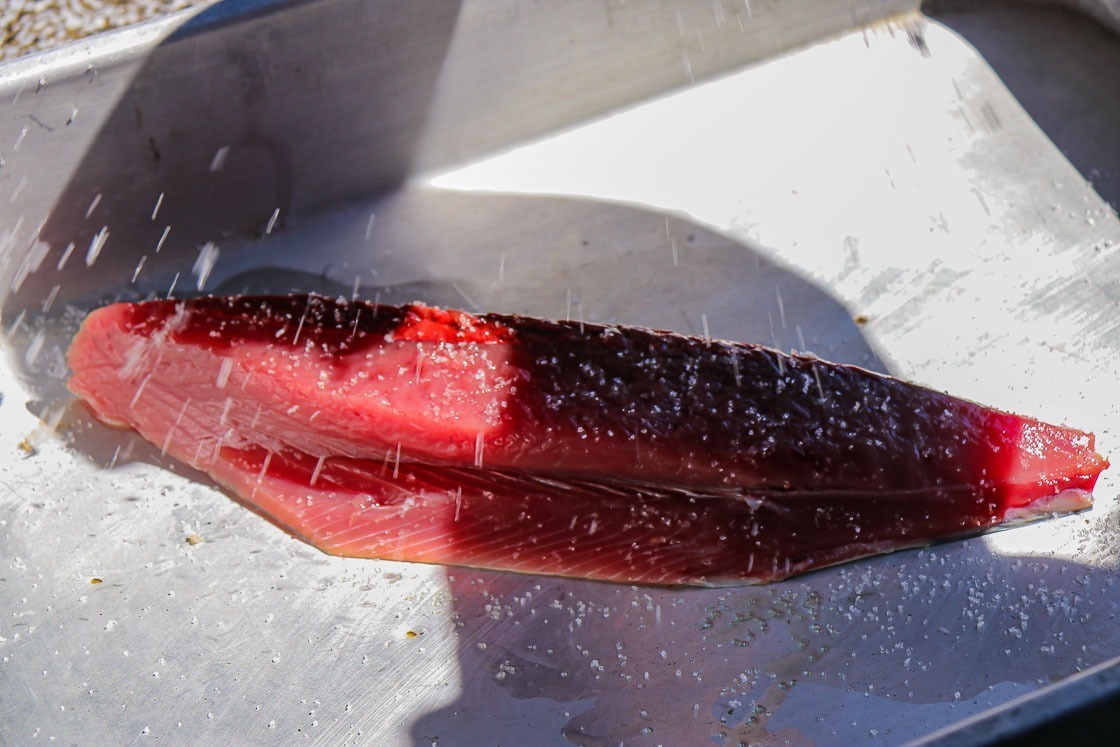
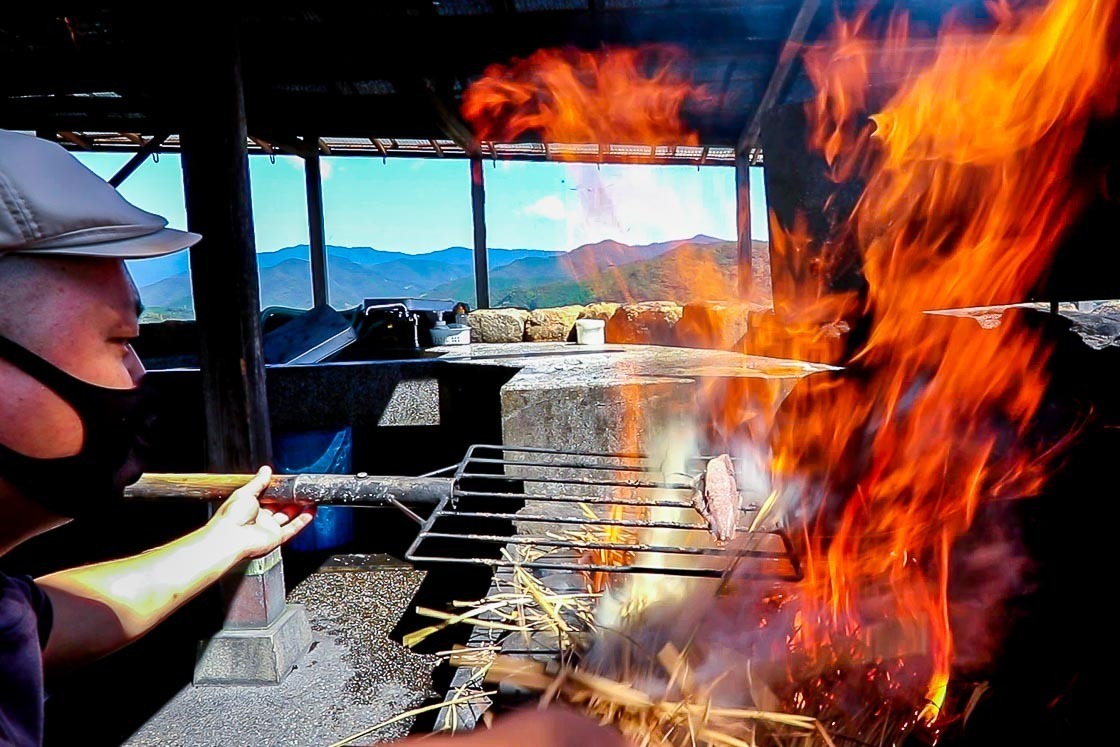
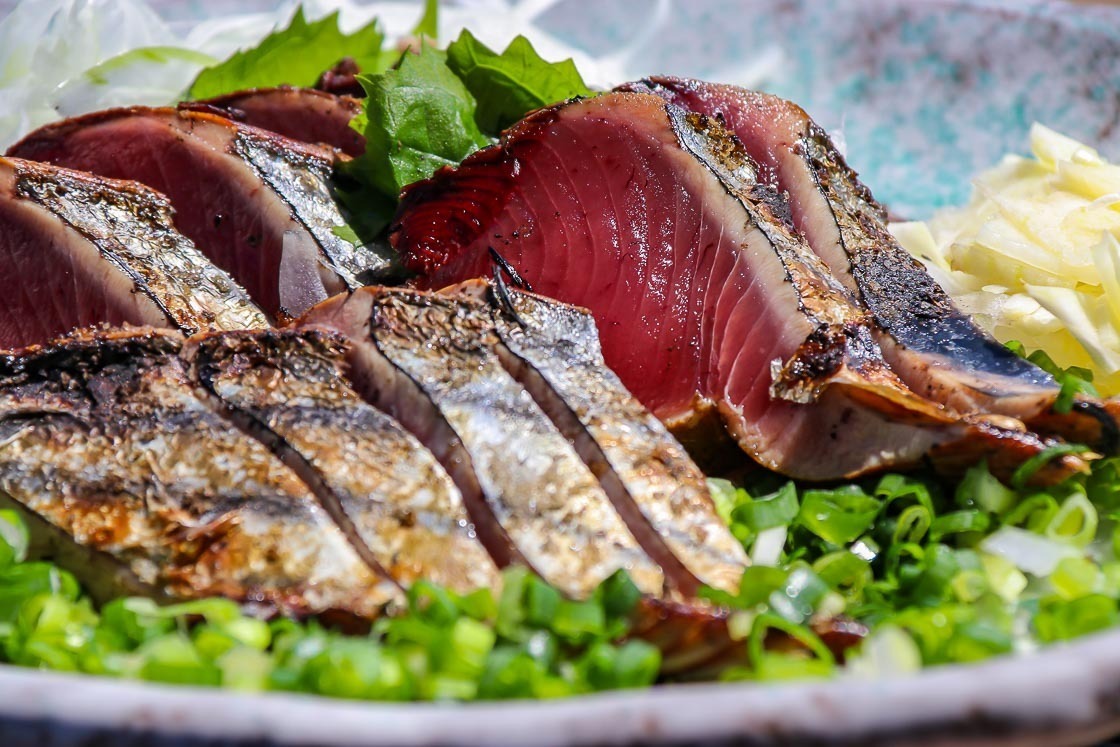
After the lovely snack, I walked down the hill and along the waterfront to the town center, which took about 15 minutes at a leisurely pace. One of the most popular spots in the town center is the Kure Taishomachi Market, which was established in the late 19th century. The market started off as a street where the wives of fishermen sold their catch, and was later named after the Emperor Taisho who donated a large sum of money to the locals to rebuild the market after it was destroyed in a fire. Today, the covered market consists of a short single lane lined with shops selling fresh seafood, local fruit and vegetables as well as restaurants serving delicious meals.
It was a refreshing change to see and experience a small market where all the store owners look like they've been operating their business there for decades. I couldn't help but also go for a serving of the fresh, seasonal seafood and what everyone was queuing up for. The fresh fish was cleaned and prepared as sashimi in front of my eyes and served with the grated peel of a local citrus fruit.
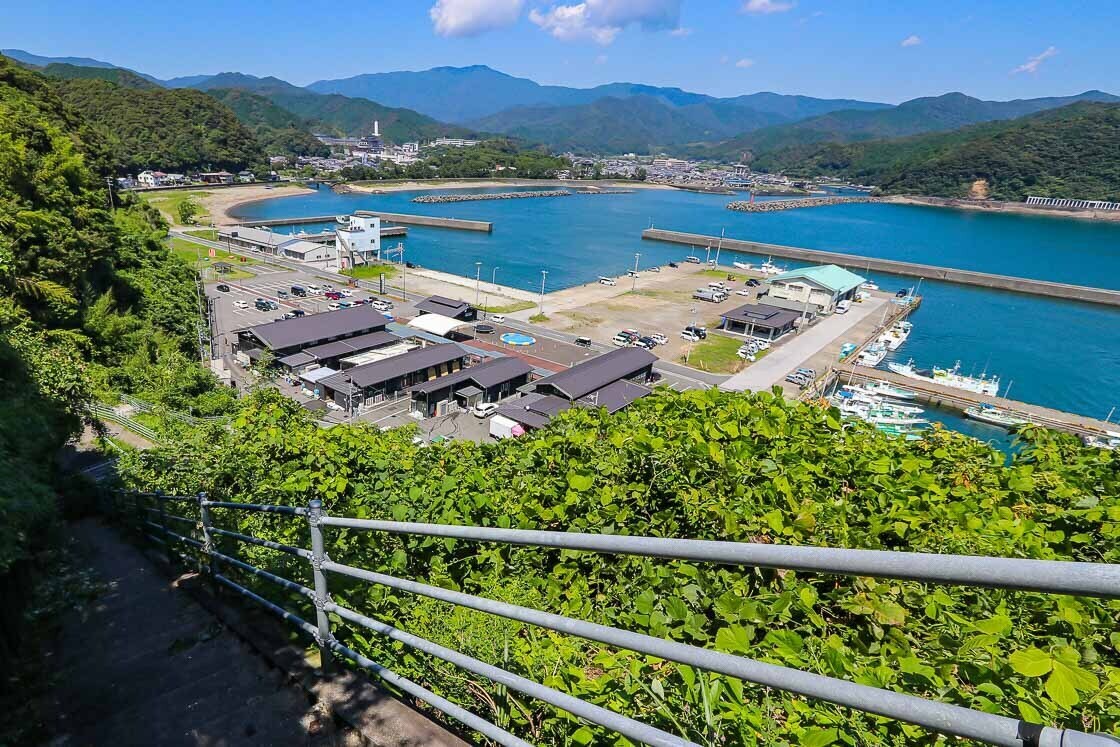
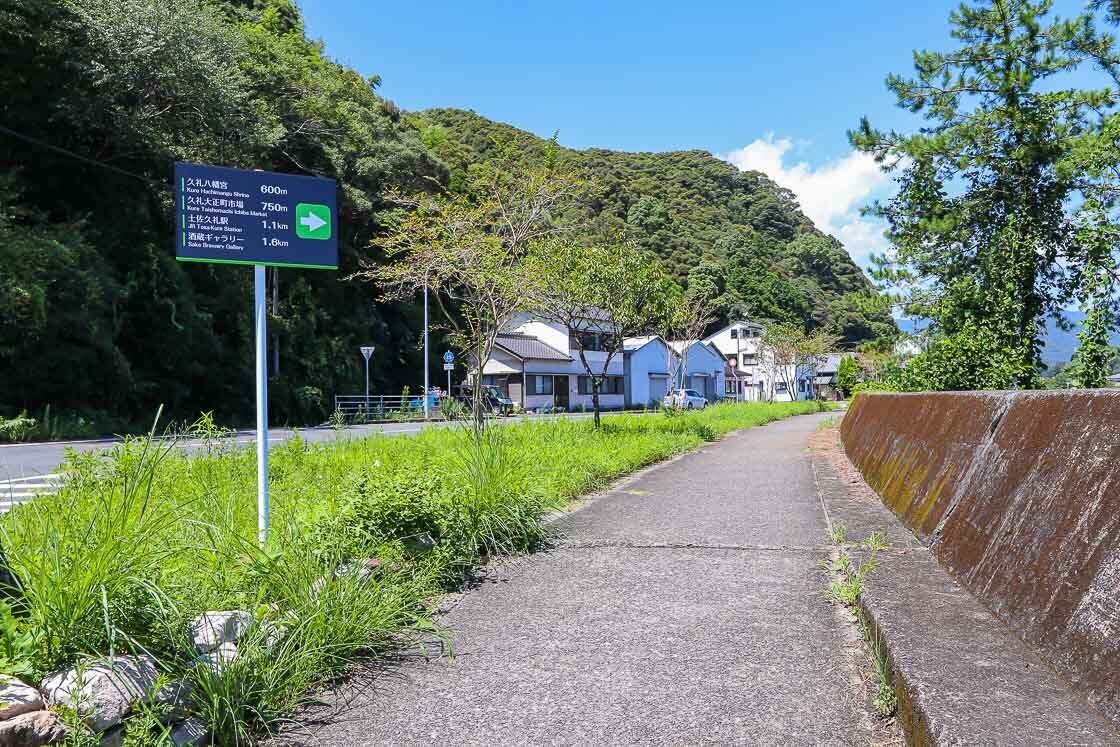
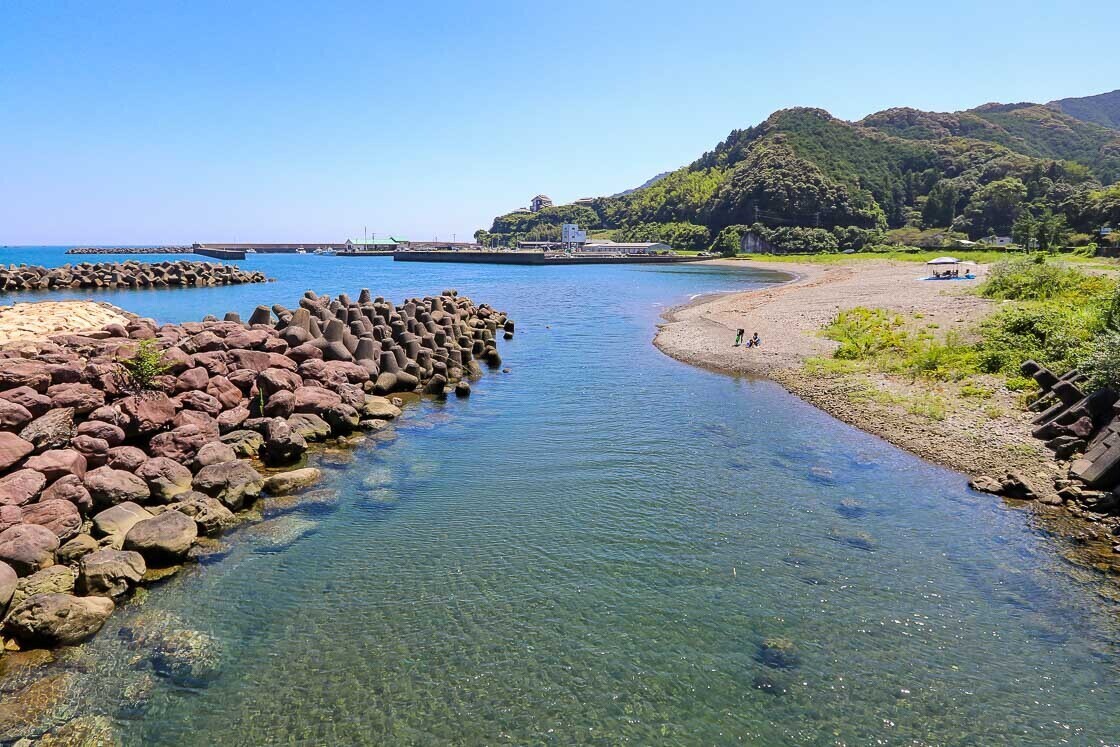
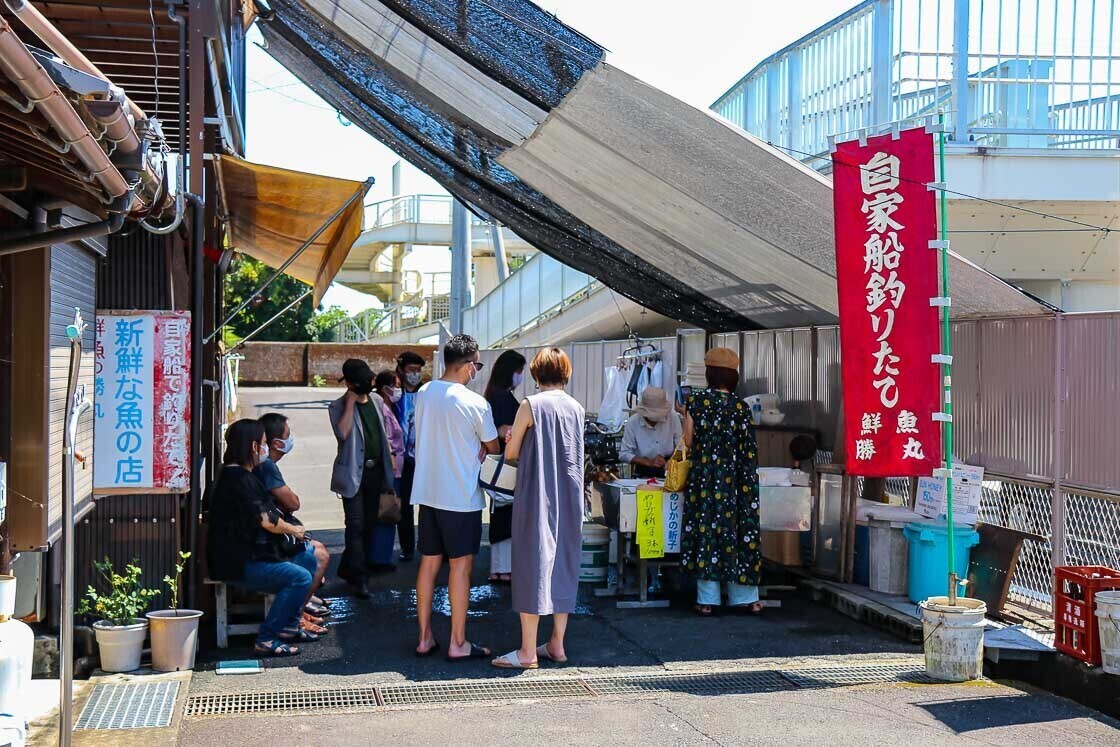
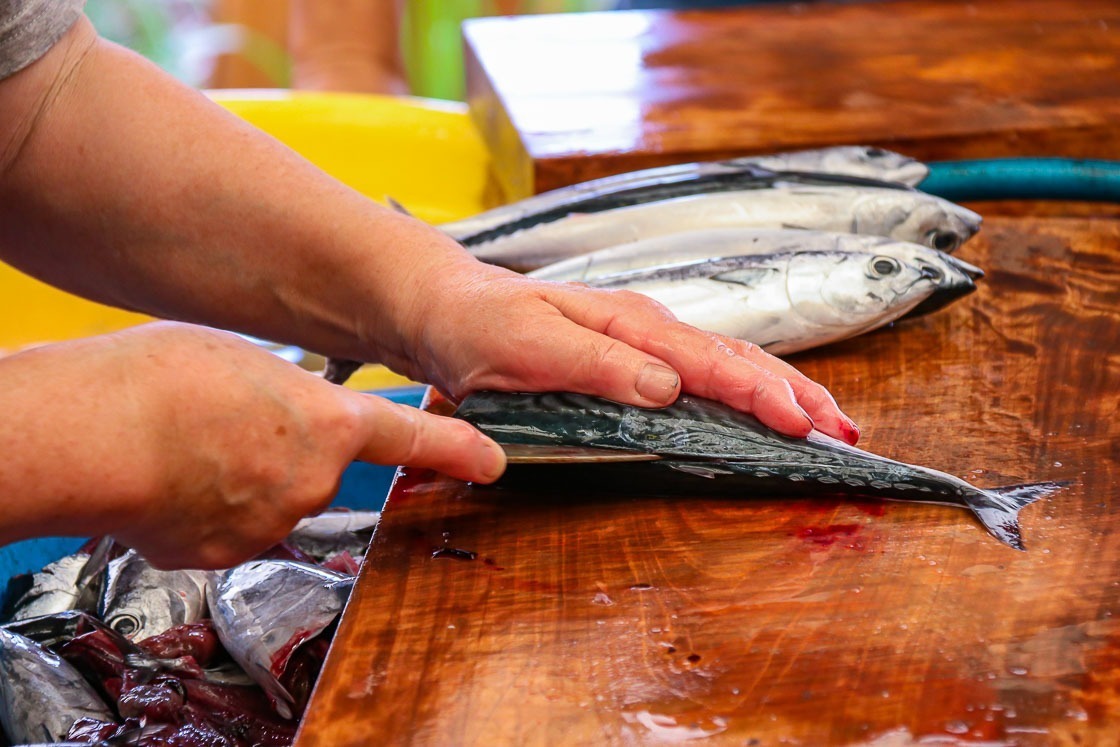
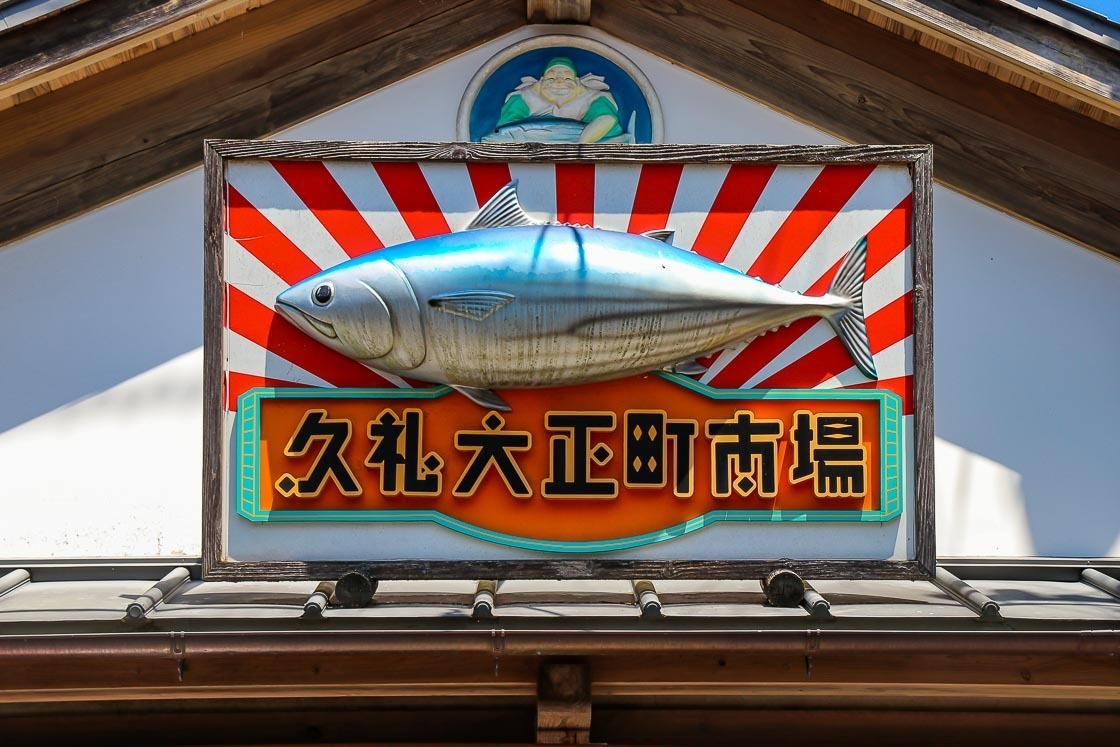
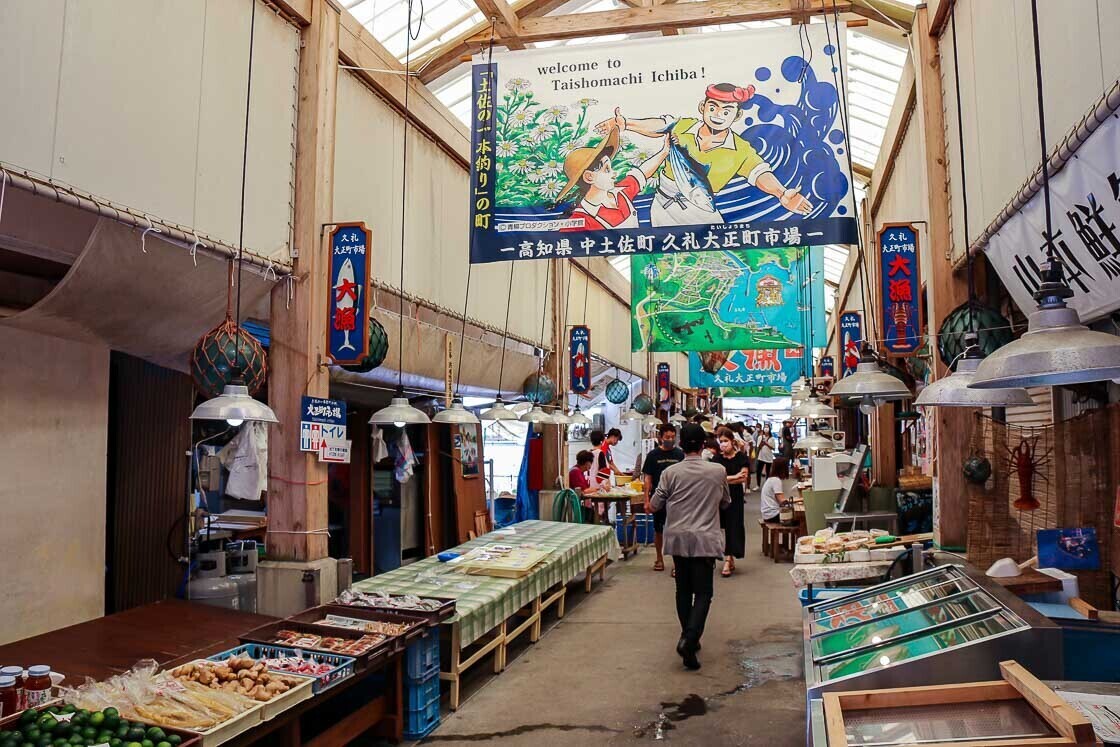
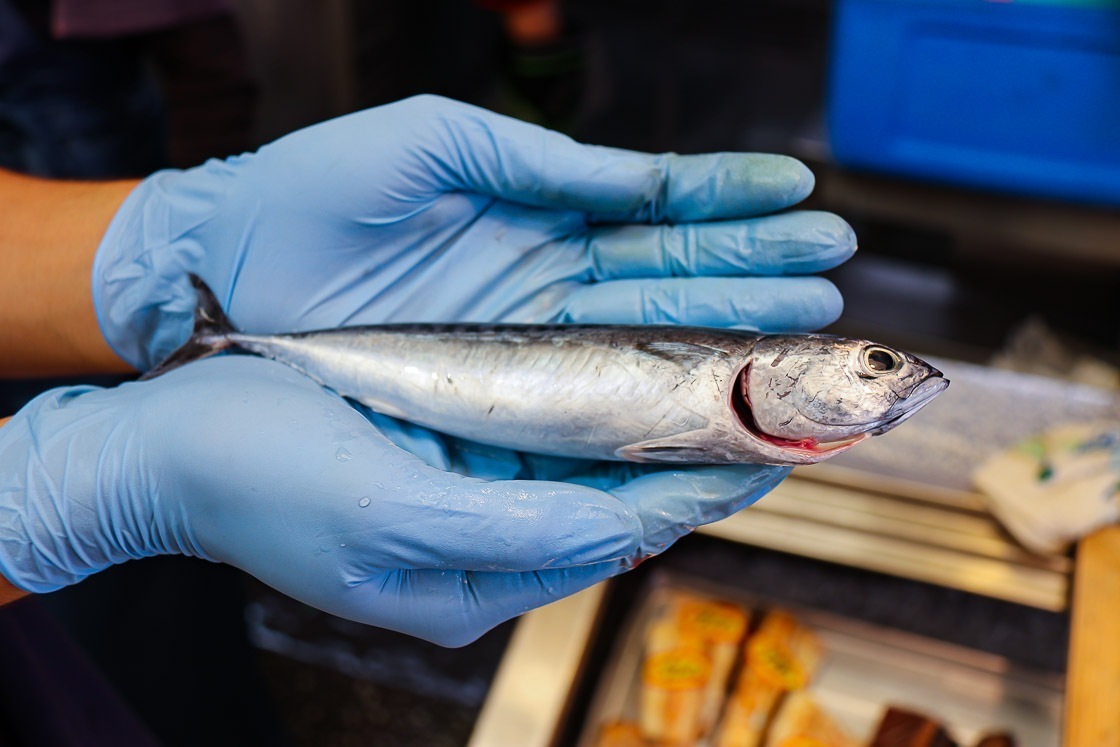
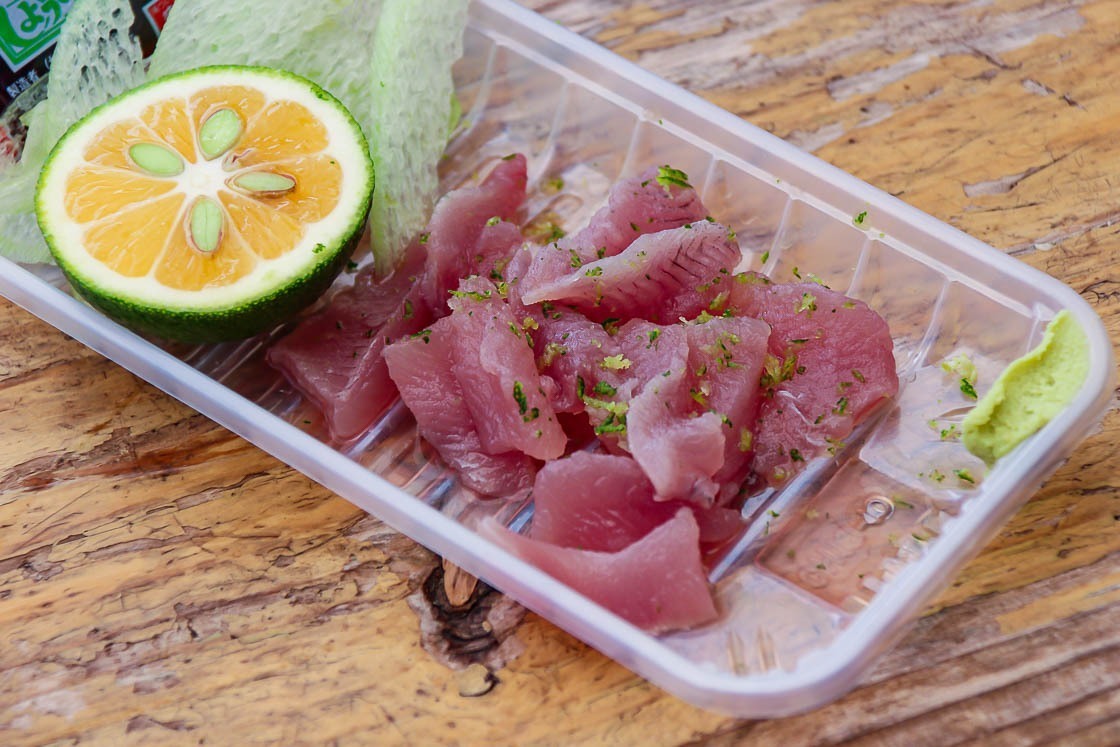
Following my second snack for the day, I walked over to the Kure Hachimangu, the local shrine just minutes away from the market. The shrine is where the locals go to pray for a good catch and for safety at sea. The main hall faces the Pacific Ocean, and the waters can be seen in a straight line from there. Just beside the main hall is a unique visiting route which leads through a hole in a stone to see the sacred tree and the inner hall before returning. The action of passing through the hole in the stone is said to extract bad fortune, in other words, bring good luck. The size of the hole at first glance will make an adult think twice about passing through, and I estimate the width to be around 60 centimeters.
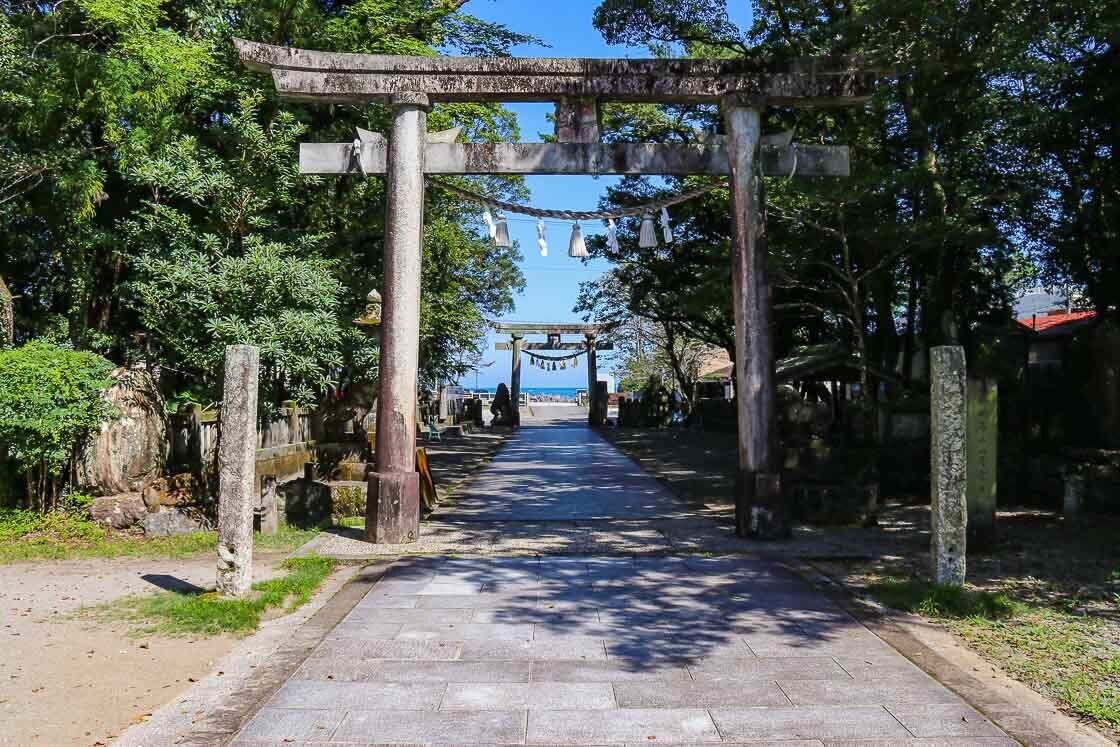
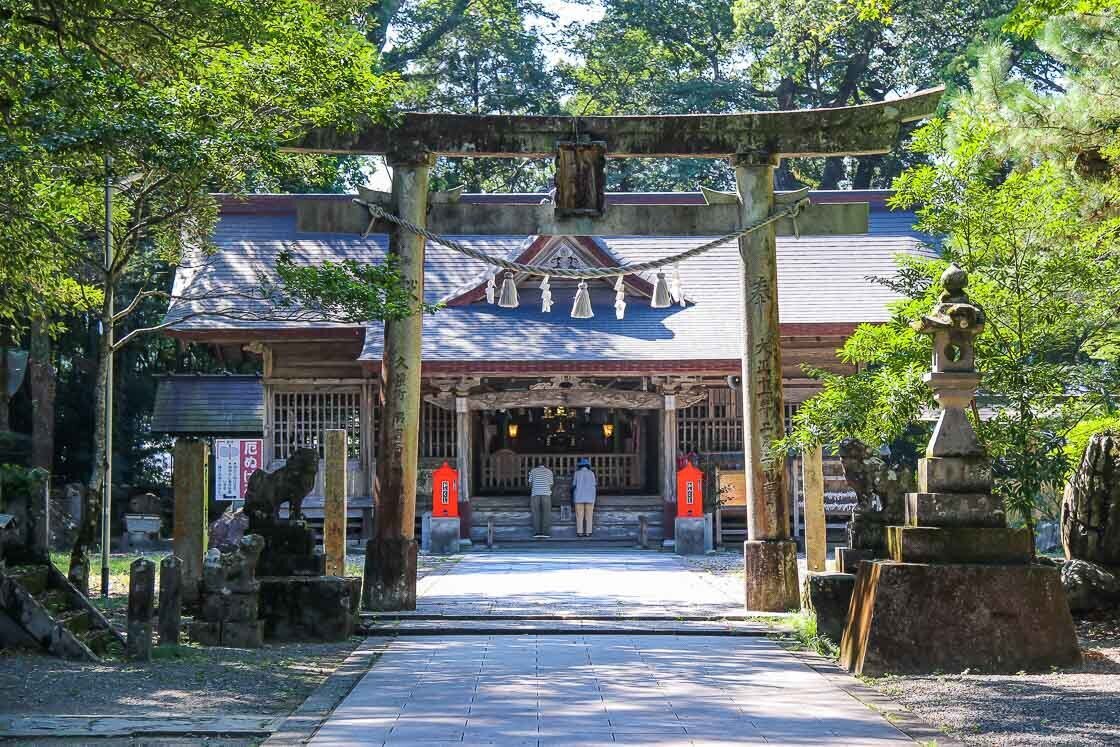
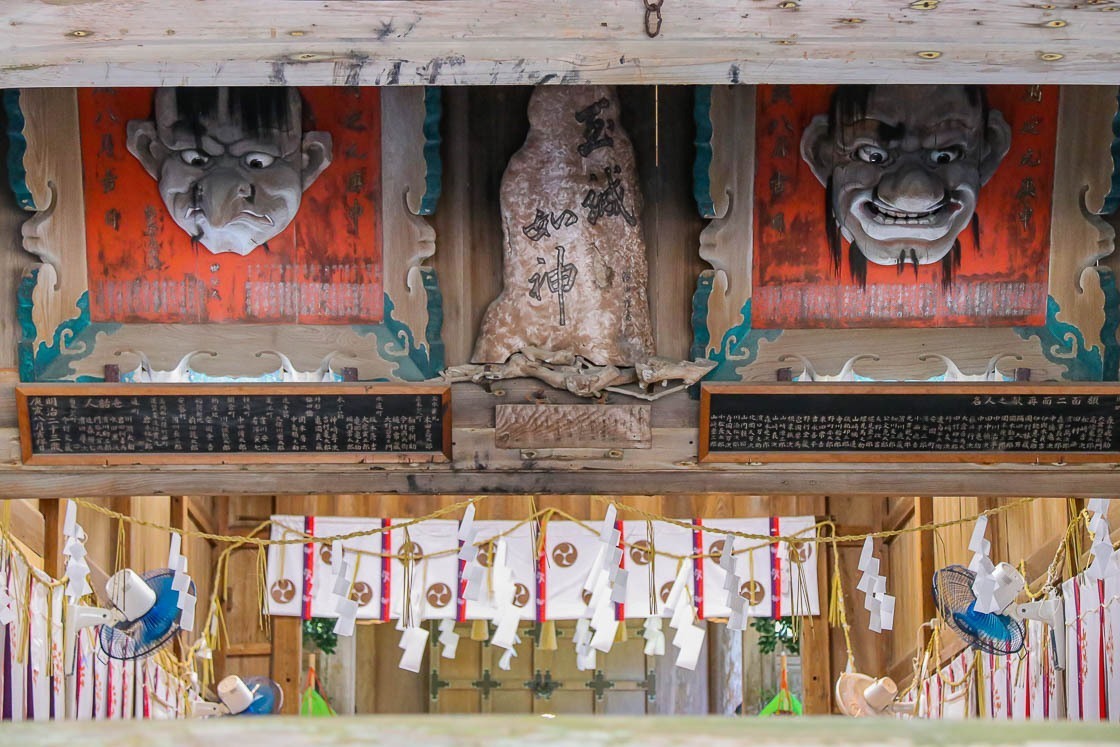
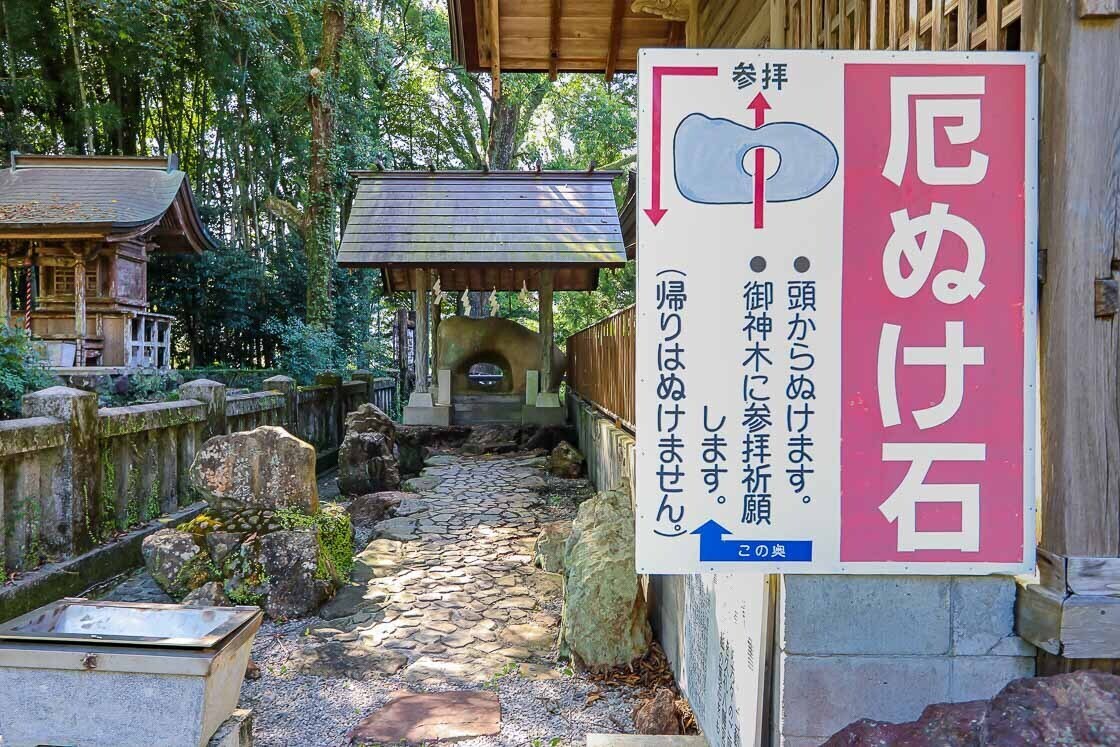
From the shrine, I walked around central Kure a little more before heading back to Tosa-Kure Station from where I would take the sightseeing train back to Kochi. The Shikoku Tosa Toki no Yoake no Monogatari is a beautiful sightseeing train that runs between Kochi Station and Kubokawa Station with a stop in Tosa-Kure Station for passengers to board or disembark. The train route passes the trails Sakamoto Ryoma, who was born in Kochi and was instrumental in bringing about the end of Japan's feudal period, used to escape Kochi. As such, the train design is heavily inspired by Ryoma and his efforts to transition Japan into a new era.
On board the train, passengers can order food and drink from the small shop, and listen to commentary of the towns and areas along the way. The train ride took about two hours, including stops at some stations for a quick look around or slowing down in some areas for passengers to admire the surrounding views.
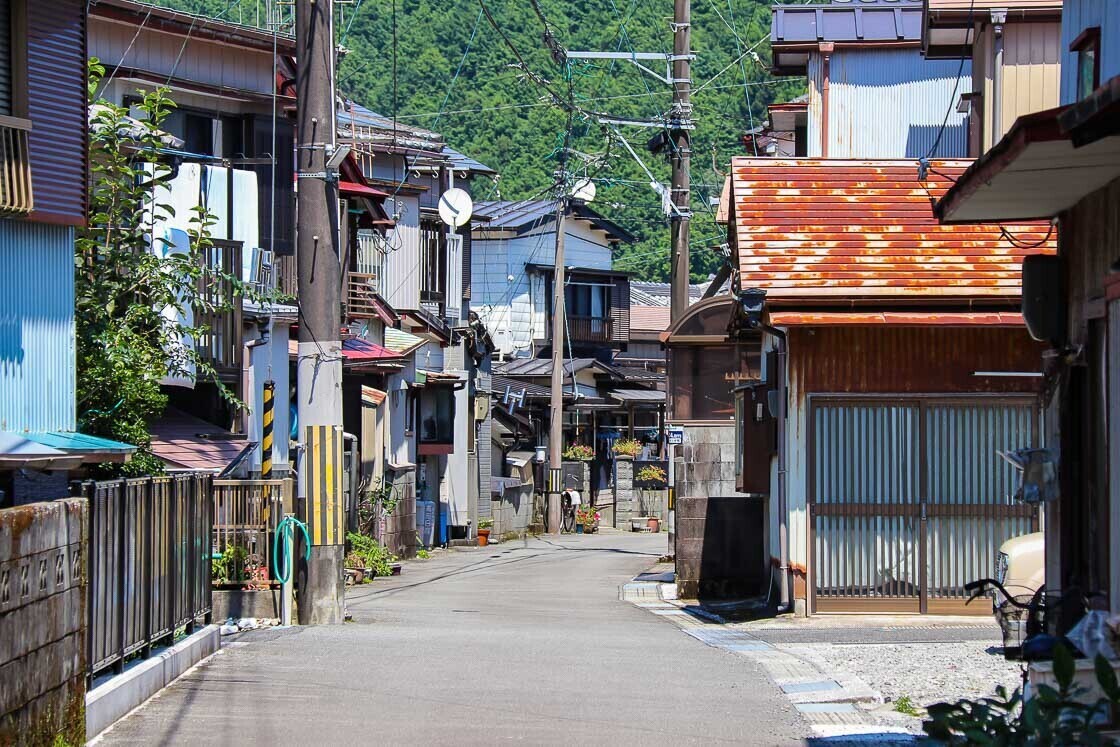
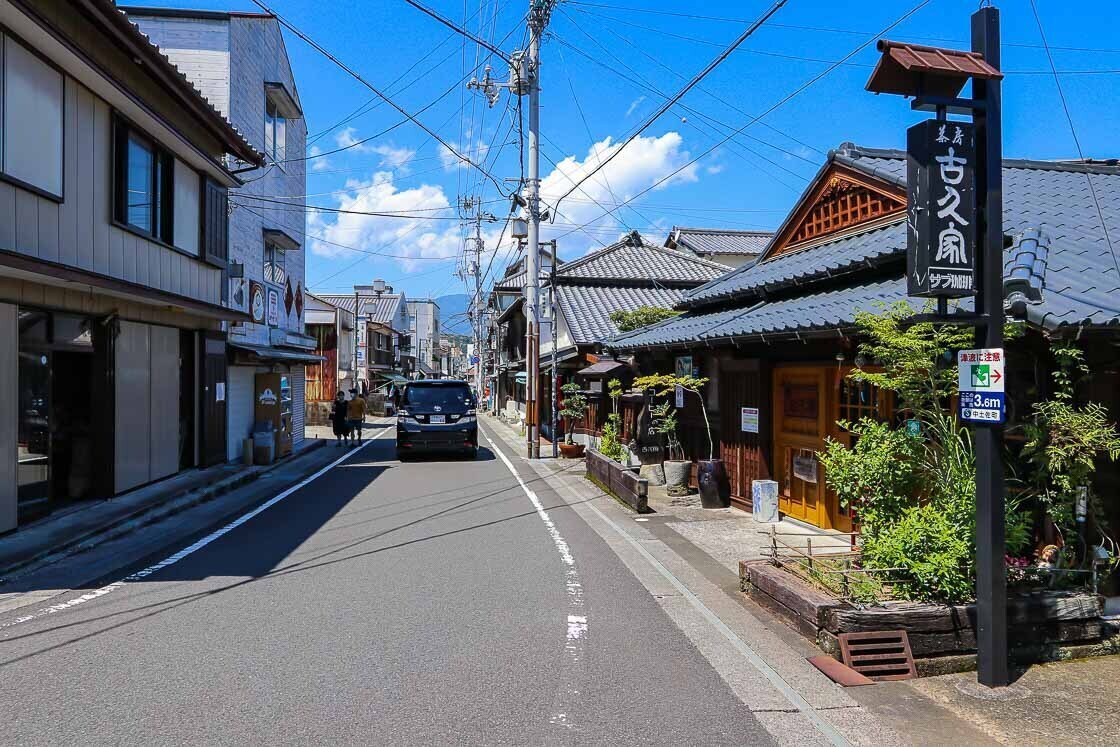
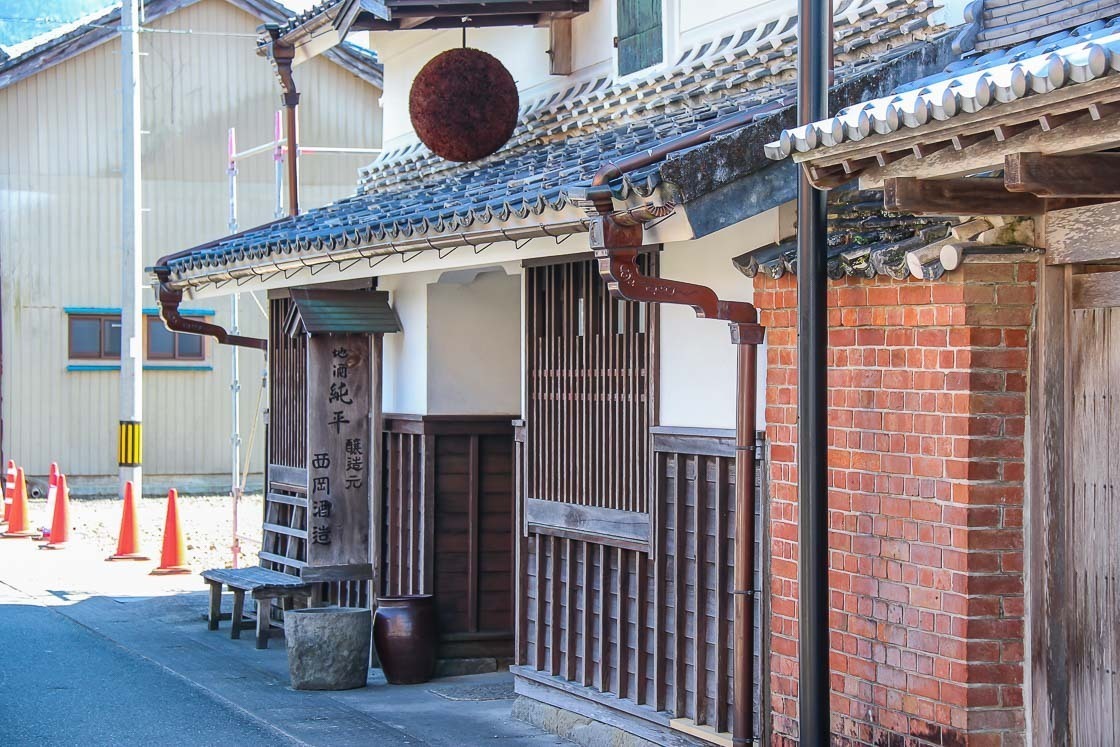
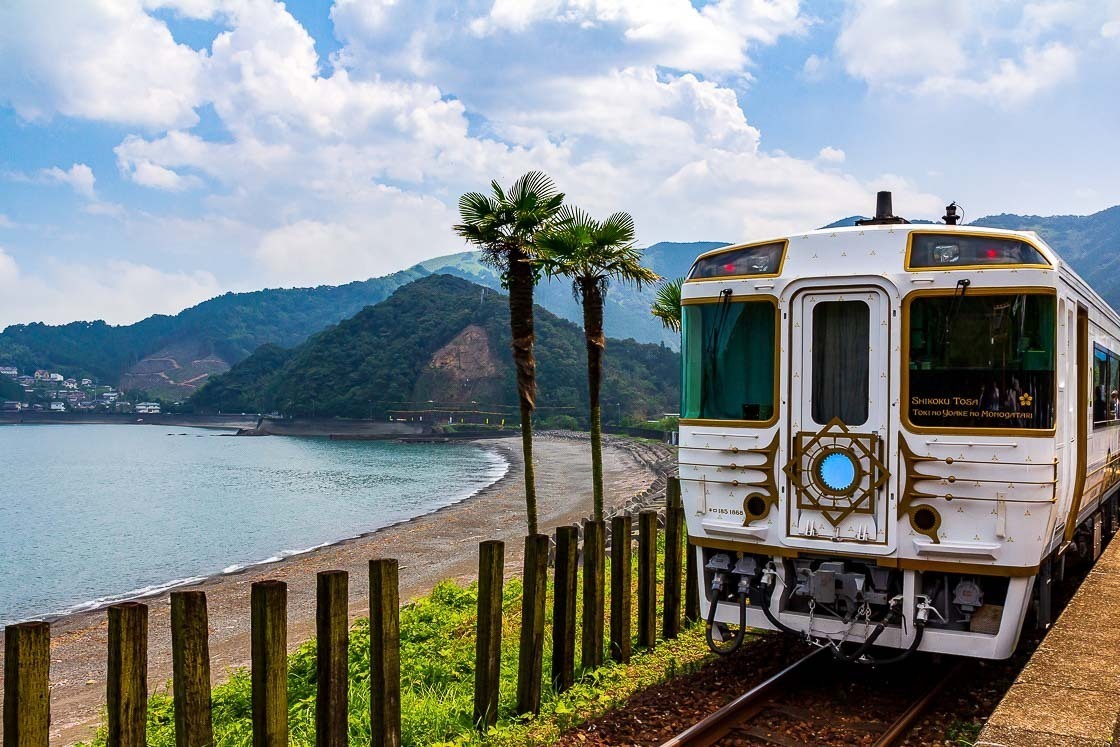
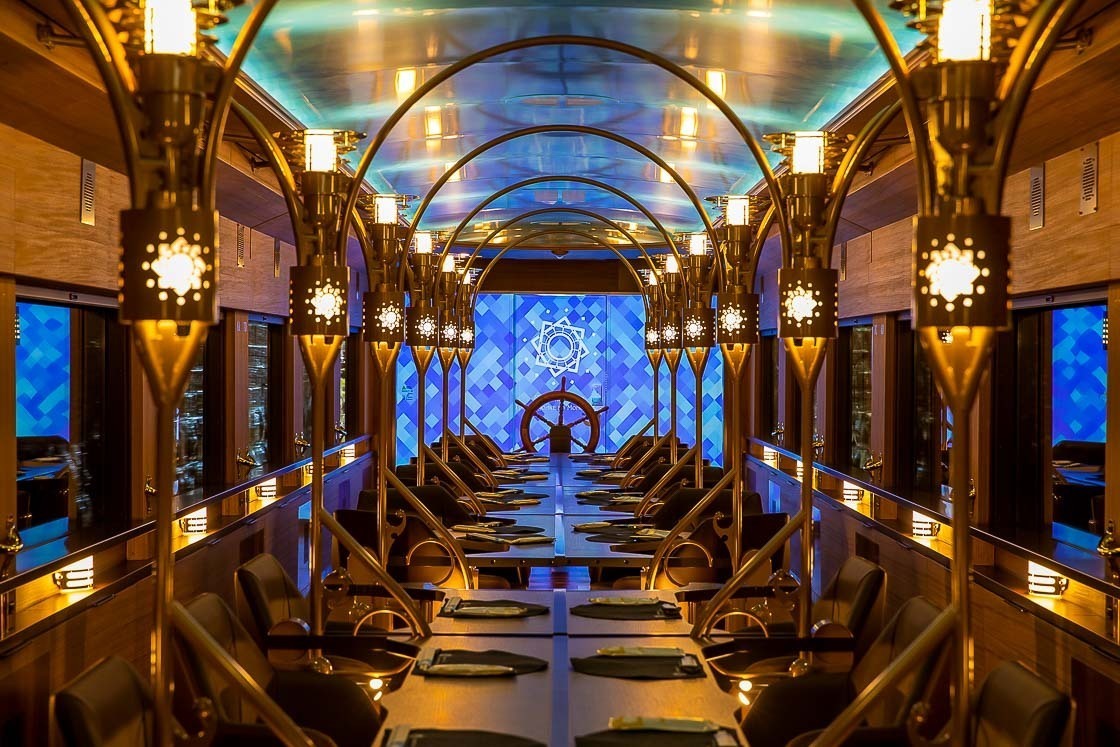
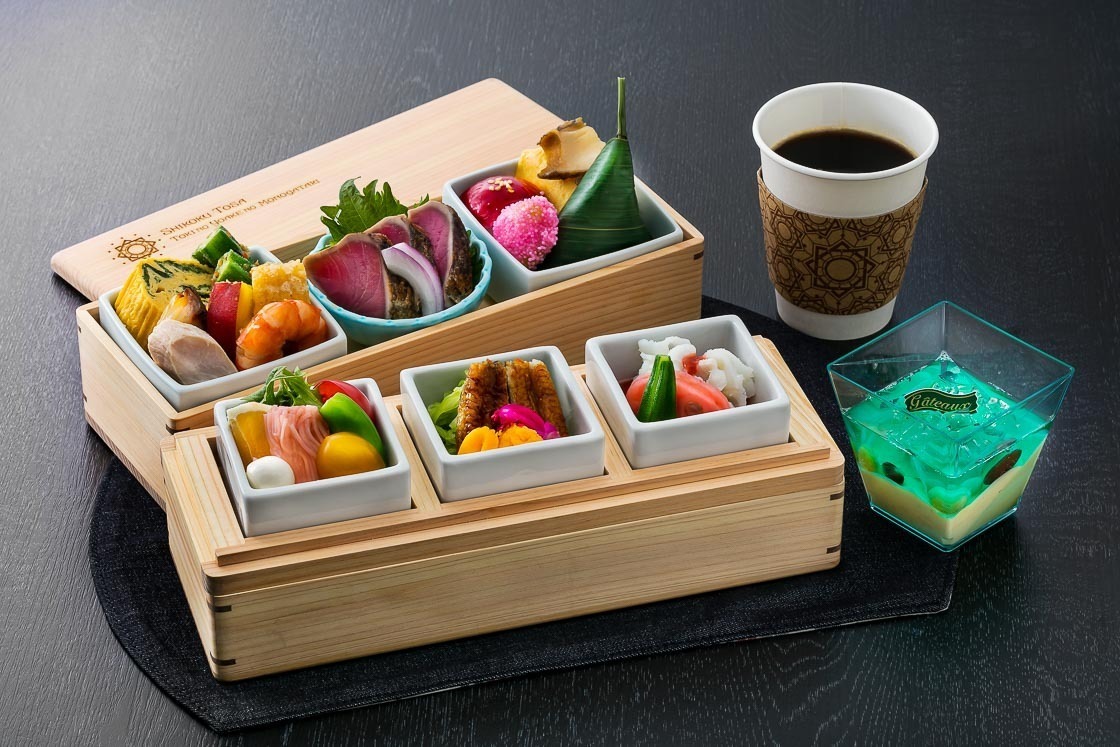
Just like that, I was back in Kochi City and my overnight trip off the beaten path to Shimanto City and Kure was over. It was a relaxing trip, which allowed me to experience the beautiful outdoors Kochi has to offer, taste the seafood that Kochi is famous for, and learn a bit of history on the train ride back. All in all, a stellar trip which I would not hesitate to repeat.
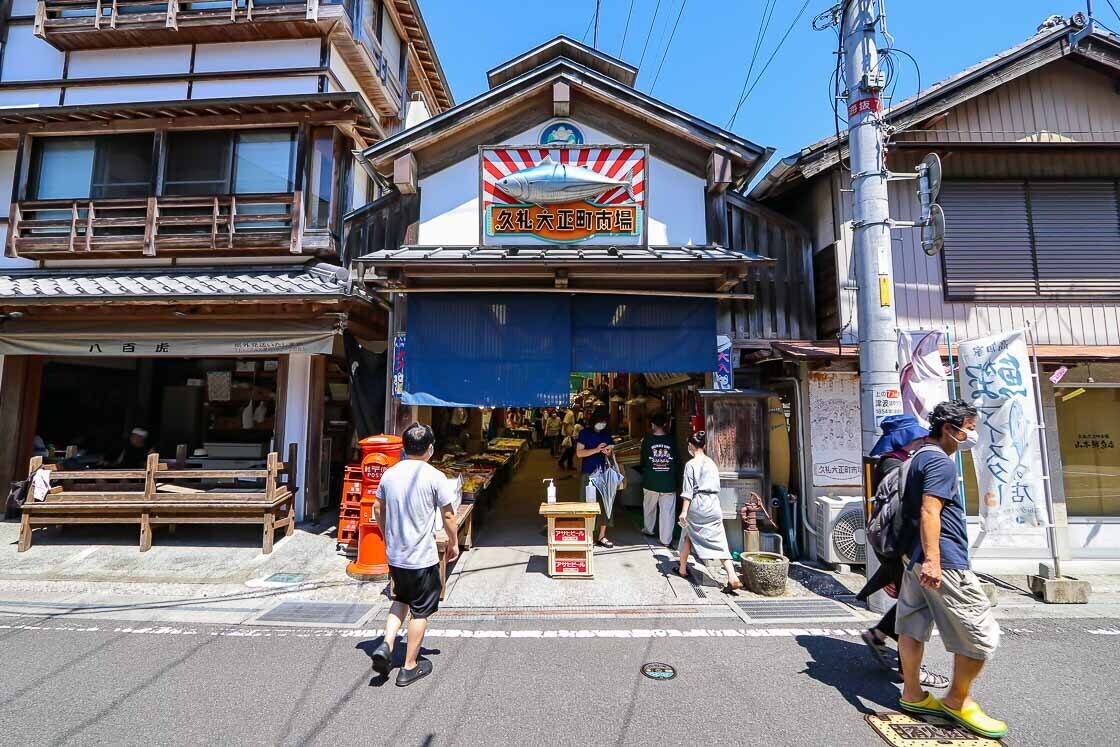
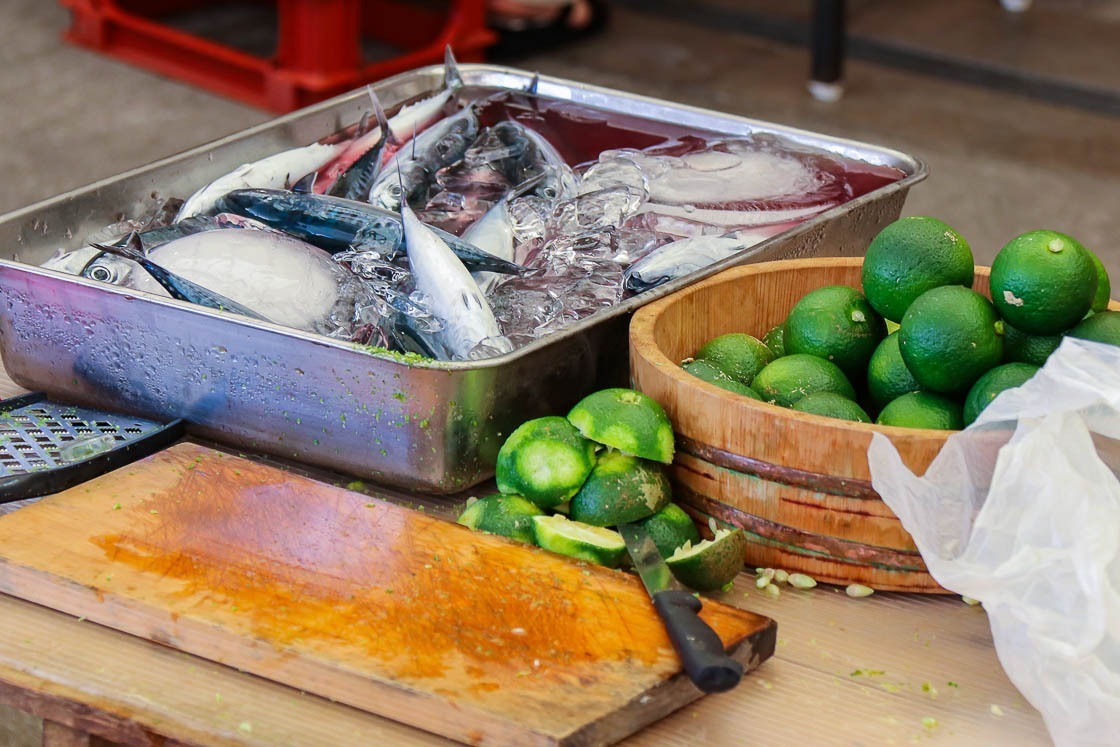
Access
Kochi Prefecture is located in the south of Shikoku, Japan's fourth largest island. The prefecture's only airport is the Kochi Ryoma Airport from where scheduled flights provide connections to major Japanese cities like Tokyo, Osaka, Nagoya and Fukuoka. The one way flight between Tokyo and Kochi takes about 90 minutes. Frequently departing airport buses provide access to central Kochi, and the one way trip takes about 30 minutes and costs 740 yen.
Kochi Station is the main train station in central Kochi from where trains provide access to the rural countryside in Kochi as well as connect to the neighboring prefectures in Shikoku.
The All Shikoku Rail Pass is a useful pass for short term visitors and provides unlimited travel on all train lines, street cars and selected ferry and bus lines in Shikoku. The pass comes in four types: 3-day, 4-day, 5-day and 7-day, and prices start at 9000 yen for the 3-day pass. Note that the All Shikoku Rail Pass does not include reserved seats, and pass holders who wish to reserve seats can additionally purchase The Reserved Seat Commutation Tickets available here.
From Kochi City to Shimanto City
Nakamura Station is the most convenient station for visitors to Shimanto City. From Kochi Station, take either the Ashizuri or Shimanto limited express train to Nakamura Station. The one way journey takes approximately 1.5 hours and costs 4200 yen for an unreserved seat.
A variety of rental bicycles are available at the Shimanto Tourist Information Center, which is located right beside Nakamakura Station. Renting a city bicycle or mountain bike costs 1000 yen for 5 hours, while an electric bicycle costs 2000 yen for 5 hours.
From Shimanto City to Kure
From Nakamura Station, take either the Ashizuri or Shimanto limited express train to Tosa-Kure Station. The one way journey takes about 1 hour and costs 2220 yen for an unreserved seat.
The spots in Kure are within walking distance from the station. A station pick up/drop off service for staying guests is offered by the Kuroshio Honjin accommodation.
From Kure to Kochi City
From Tosa-Kure Station, take either the Ashizuri or Shimanto limited express train to Kochi Station. The one way journey takes about 50 minutes and costs 2310 yen for an unreserved seat.
On this trip, I took the sightseeing train, Shikoku Tosa Toki no Yoake no Monogatari, which runs between Kochi Station and Kubokawa Station, and stops at Tosa-Kure along the way. The sightseeing train operates mostly on Fridays, weekends and national holidays, and makes one round trip on those days. All seats are reserved, and the one way journey from Tosa-Kure Station to Kochi Station takes about 2 hours and costs 3610 yen. Tickets can be purchased online or from the ticket counters at JR stations.
All prices listed are current as of September 2021.
Useful links
- Visit Kochi Japan - Official Kochi Prefecture tourist information website
- With River - River activities on the Shimanto River
- Kuroshio Honjin - Accomodation in Kure
- Shikoku Tosa Toki no Yoake no Monogatari - JR sightseeing train
- Kure Taishomachi Market - English PDF guide of the market
- All Shikoku Rail Pass - Information about the rail pass in English
